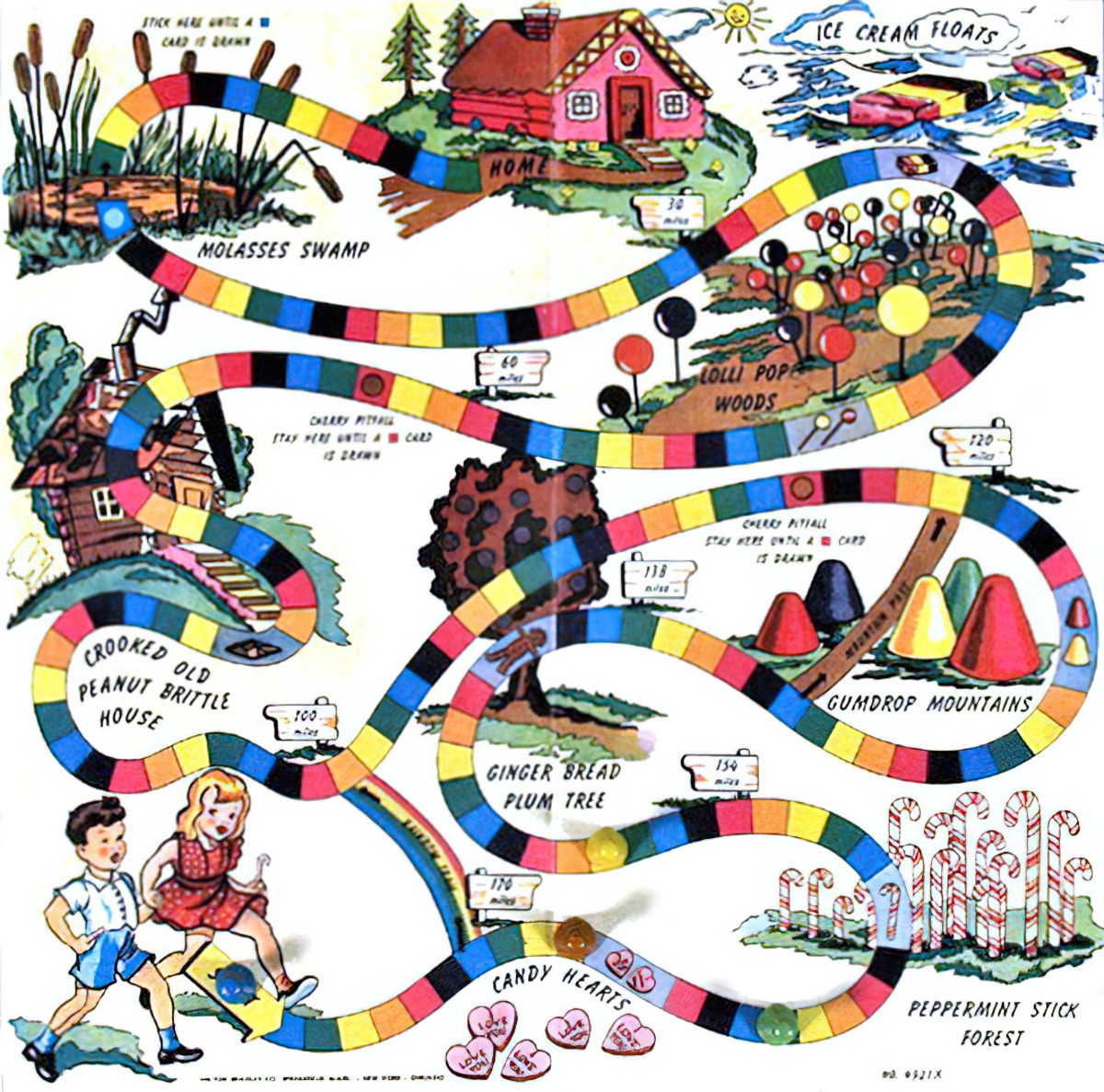
Sweets and children go hand in hand, especially in non-Western countries, where sweetness is so connected to childhood (and to femininity) that ‘real men’ eschew sweets and instead take up smoking, and probably drinking as well. When I was a teenager, my Japanese host father saw a photo of my Western father eating something sweet and laughed.
It’s not just a Japanese thing, either. Go back to the Golden Age of Men Smoking and the Life Magazine cover below, with the big, burly man delicately eating ice cream looks like a comical juxtaposition.
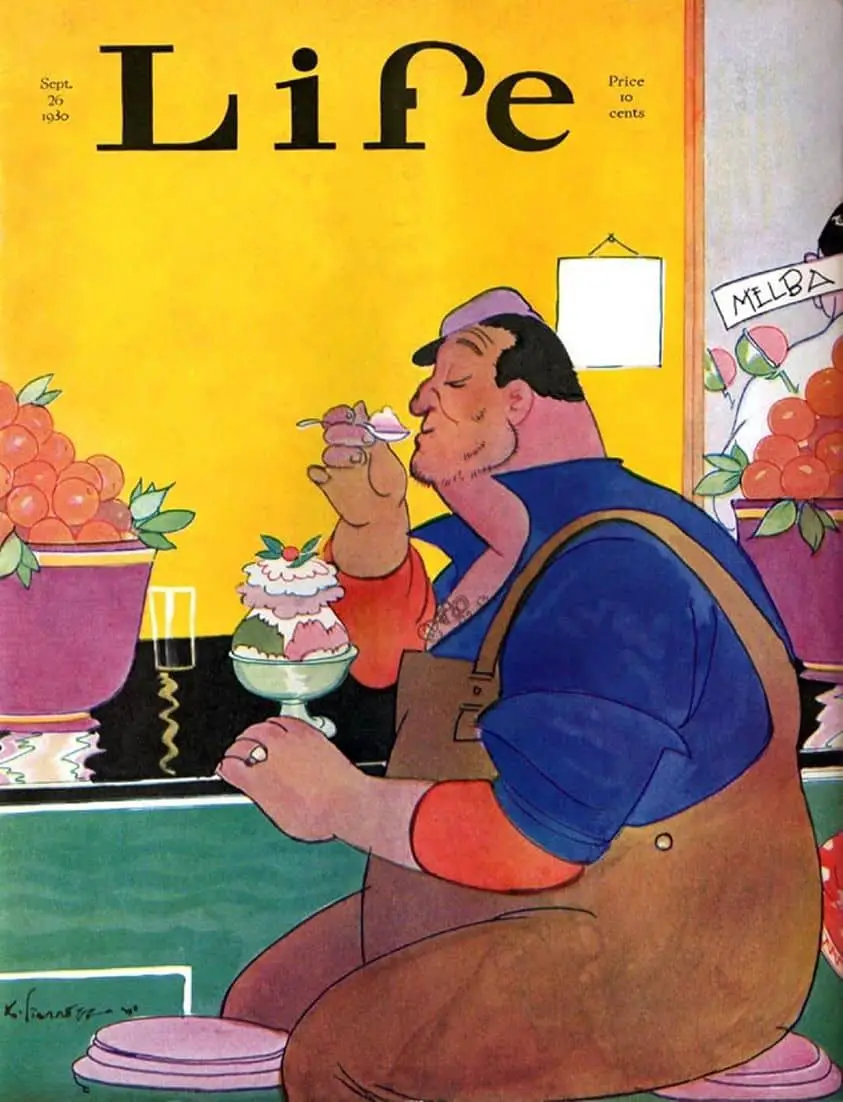
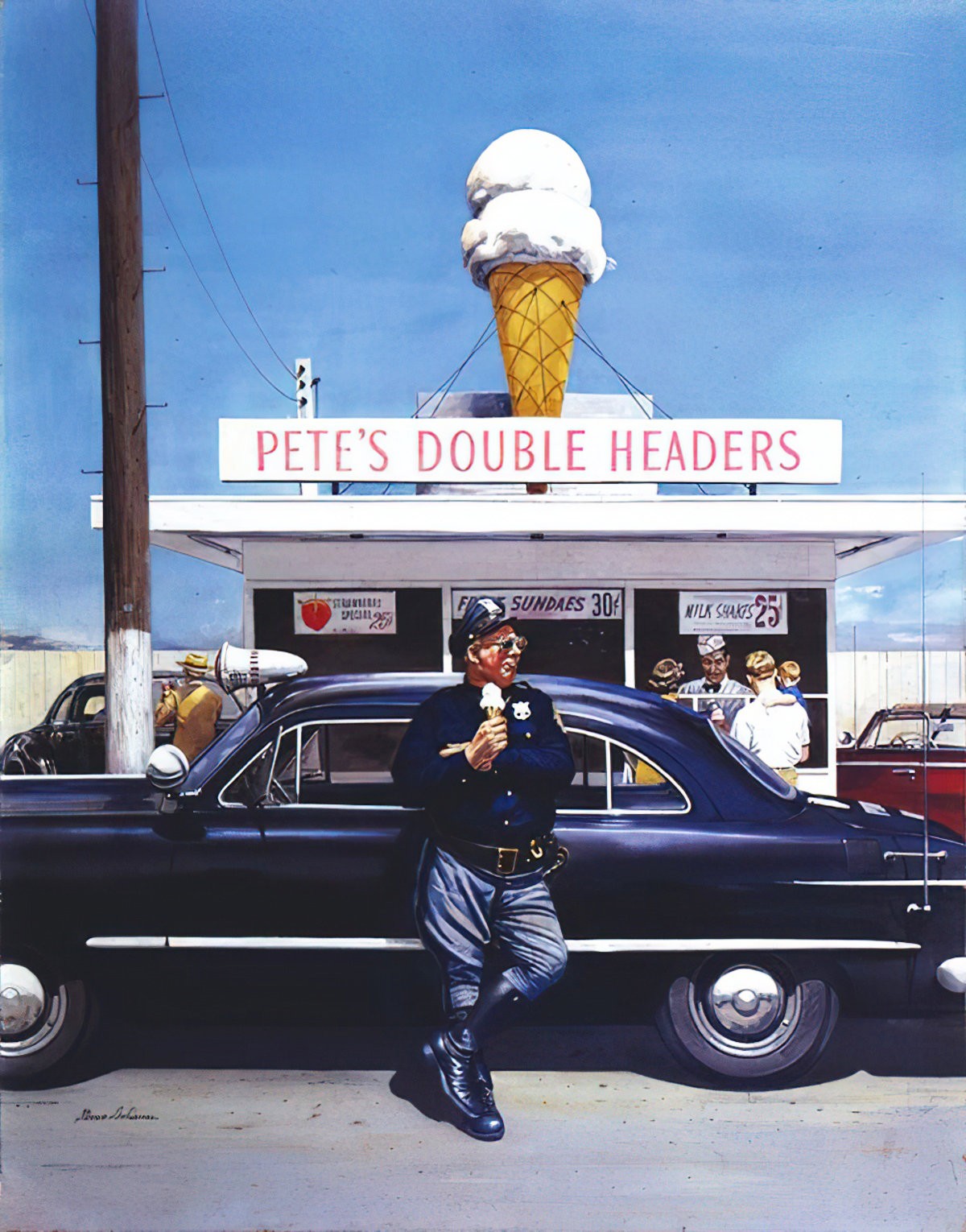
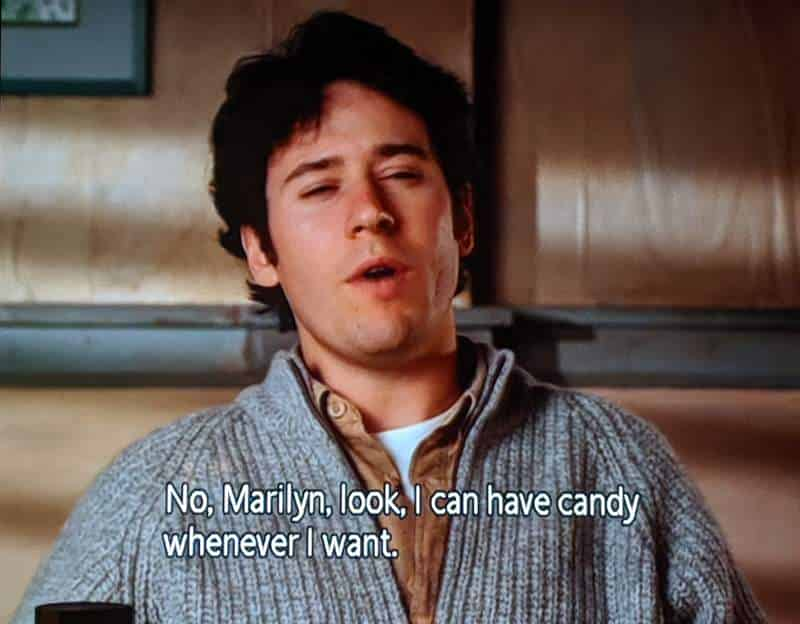
Food is always important in children’s stories. As a sensory pleasure, food in children’s narrative is analogue to the sex of adult literature.
Roald Dahl was clearly addicted to sugar, as described in the biography by Jeremy Treglown. He kept cases of chocolate bars. But you don’t need to read any Dahl biography to know the importance of sweets in Dahl’s life. His children’s books are full of sweet treats, culminating in the food and power fantasy of Charlie and the Chocolate Factory.
For illustrators, food in children’s books must look edible, much as food in advertisements must make the hungry consumer rush out and buy the product. Below are some illustrated examples of sweet treats.
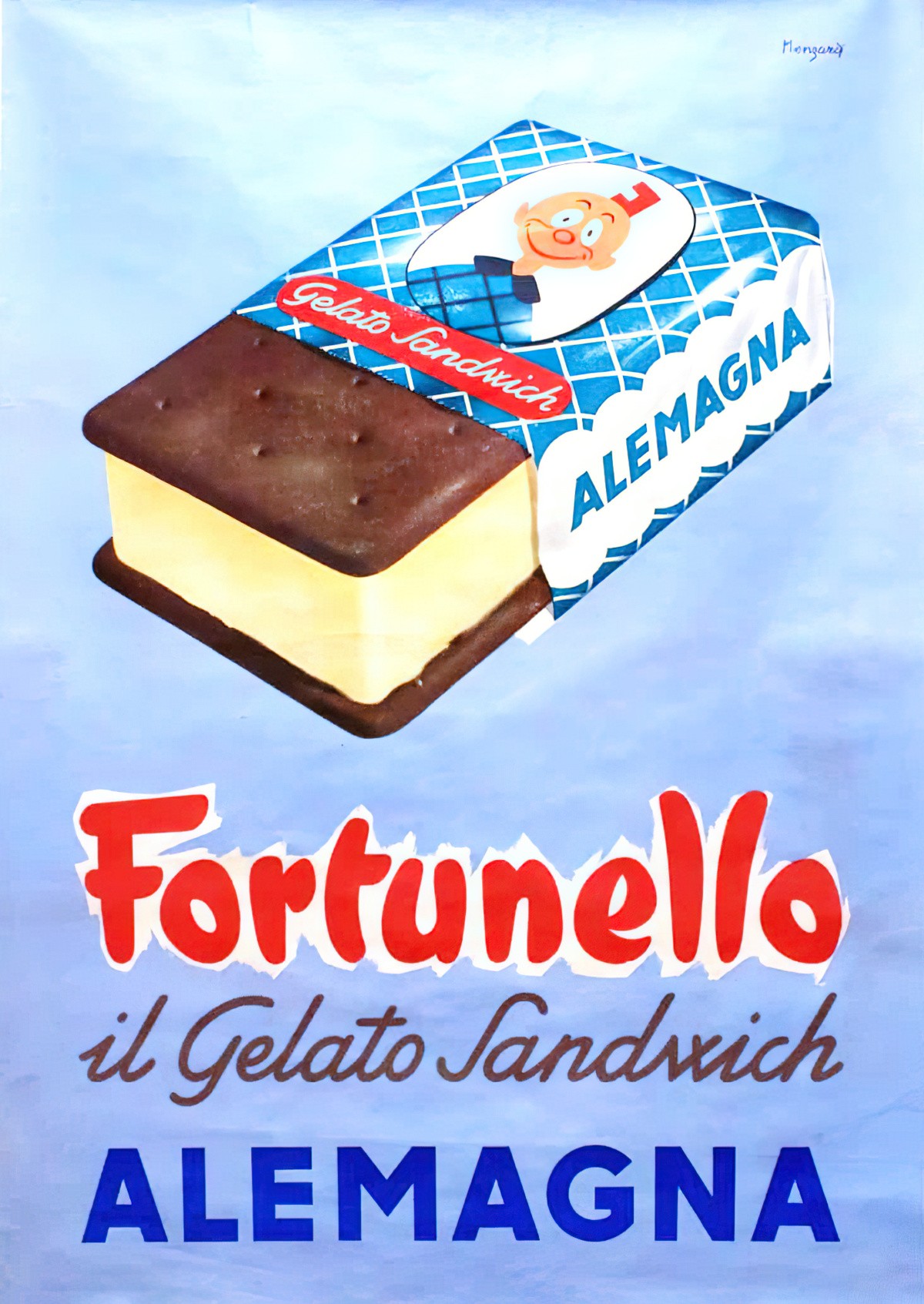
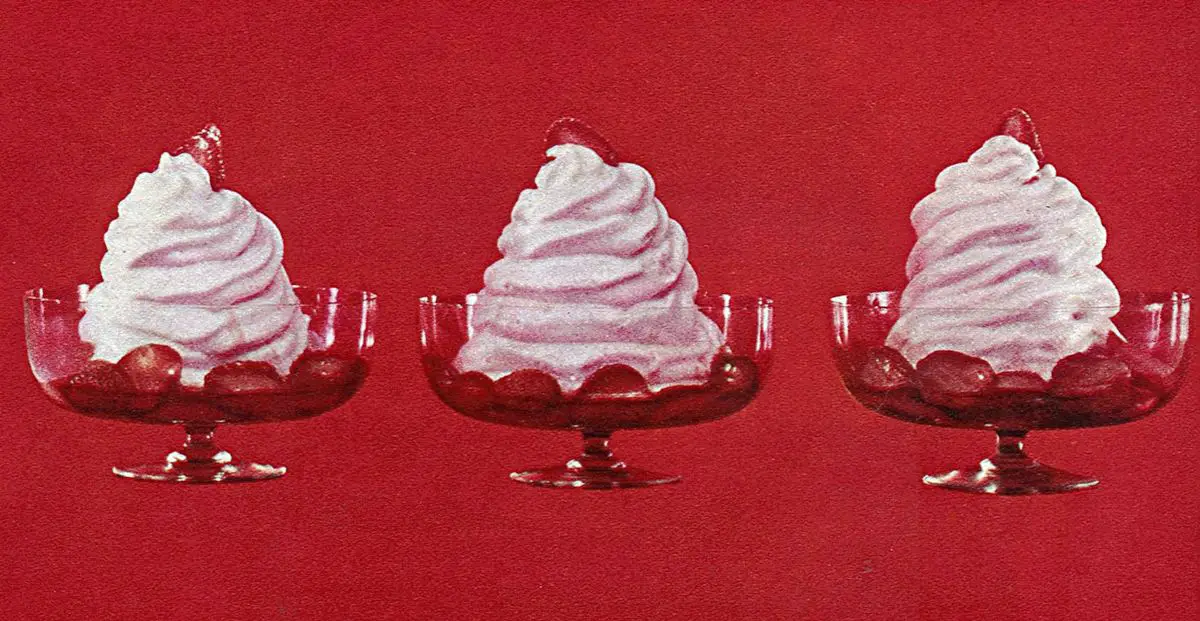
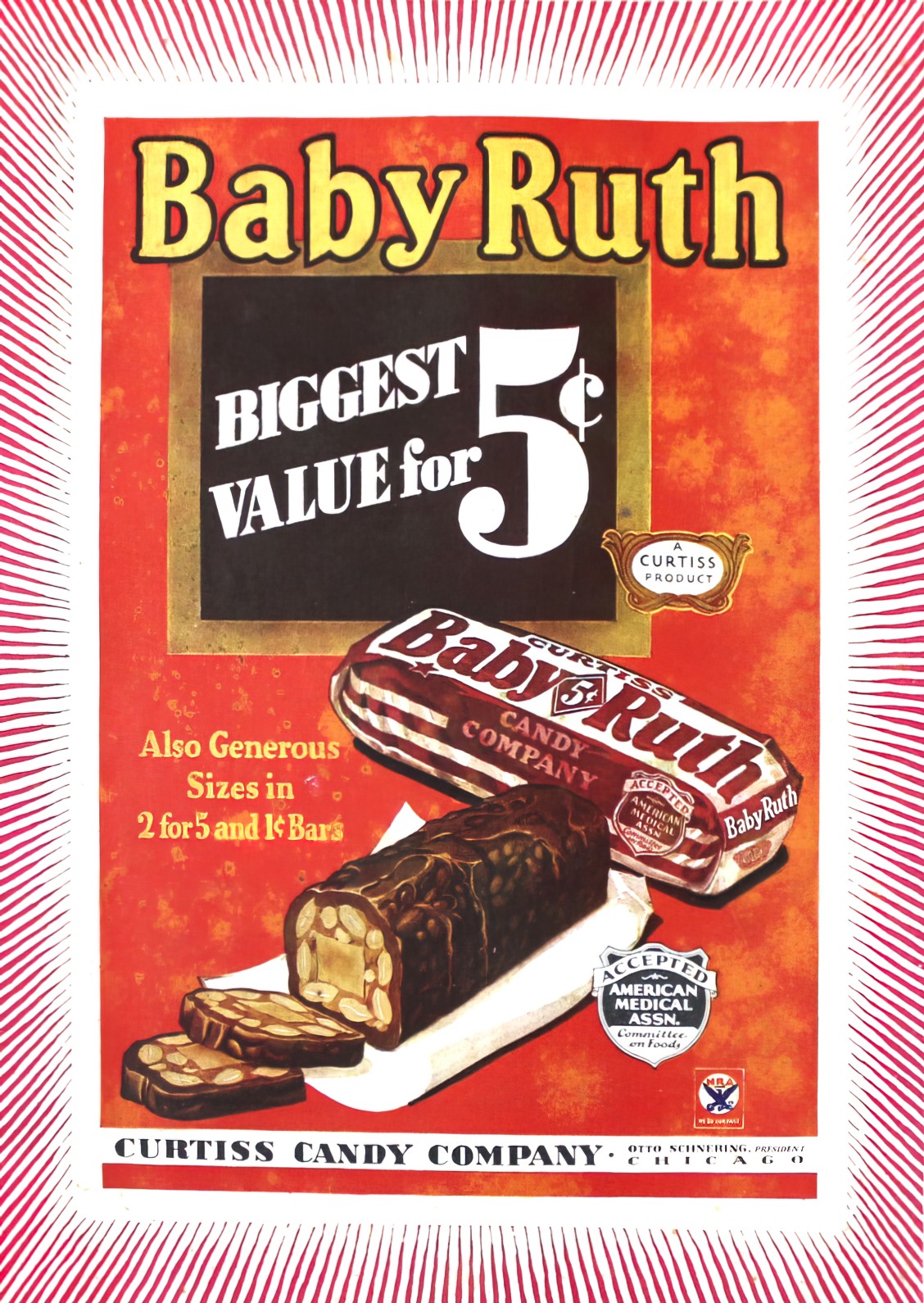
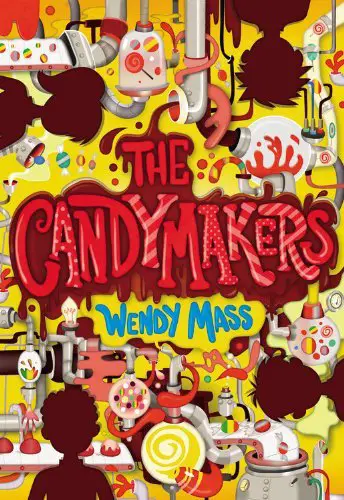
Four children have been chosen to compete in a national competition to find the tastiest confection in the country. Who will invent a candy more delicious than the Oozing Crunchorama or the Neon Lightning Chew?
Logan, the Candymaker’s son, who can detect the color of chocolate by touch alone?
Miles, the boy who is allergic to merry-go-rounds and the color pink?
Daisy, the cheerful girl who can lift a fifty-pound lump of taffy like it’s a feather?
Or Philip, the suit-and-tie wearing boy who’s always scribbling in a secret notebook?
This sweet, charming, and cleverly crafted story, told from each contestant’s perspective, is filled with mystery, friendship, and juicy revelations.
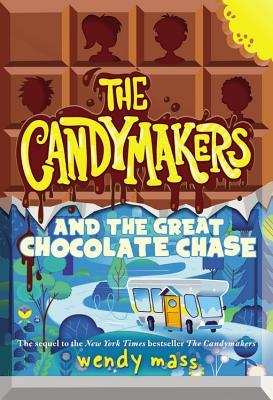
It has been a few months since the nationwide New Candy Contest, and Logan, Miles, Philip, and Daisy have returned to their regular lives. But when the winning candy bar comes down the conveyor belt at the Life is Sweet candy factory, Logan realizes something’s very wrong….
When the Candymaker announces that they will be going on tour to introduce the new candy bar, the four friends see this as an opportunity to make things right. But with a fifty-year-old secret revealed and stakes higher for each of them than they ever imagined, they will have to trust one another–and themselves–in order to face what lies ahead.
In this action-packed sequel to the bestselling novel The Candymakers, prepare to embark on a journey full of hidden treasures, secret worlds, and candy. LOTS and LOTS of candy.
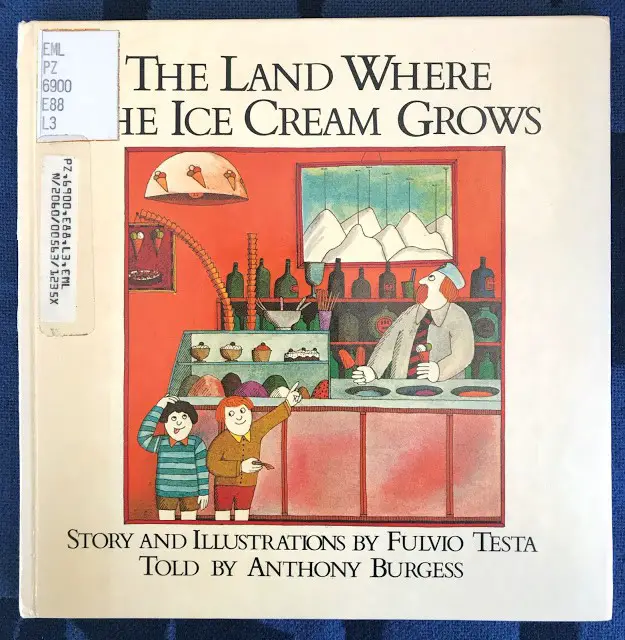
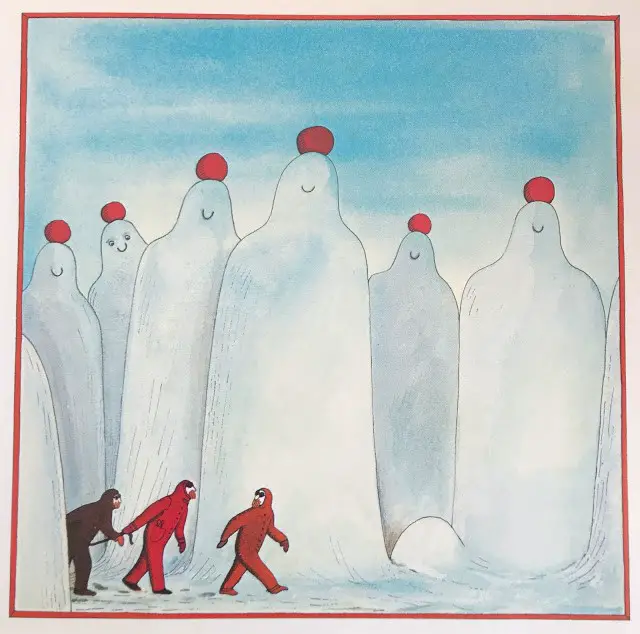
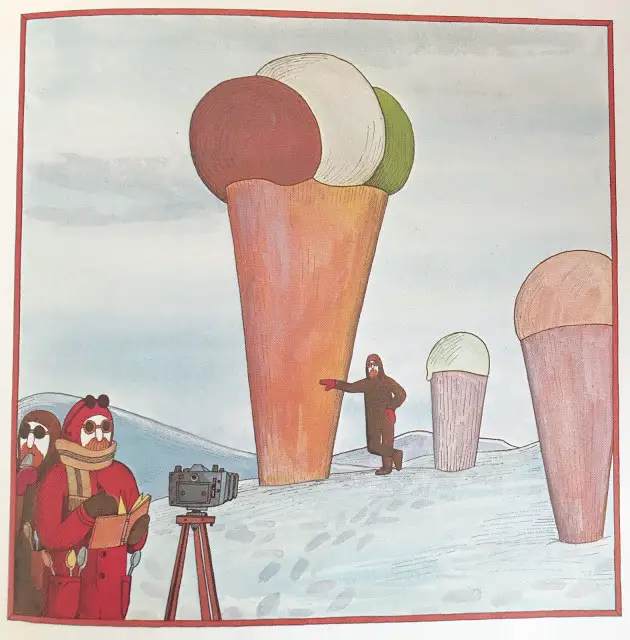
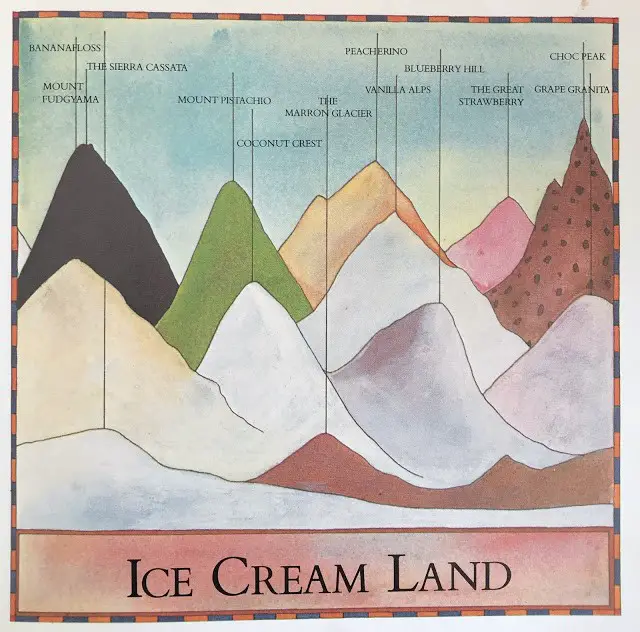
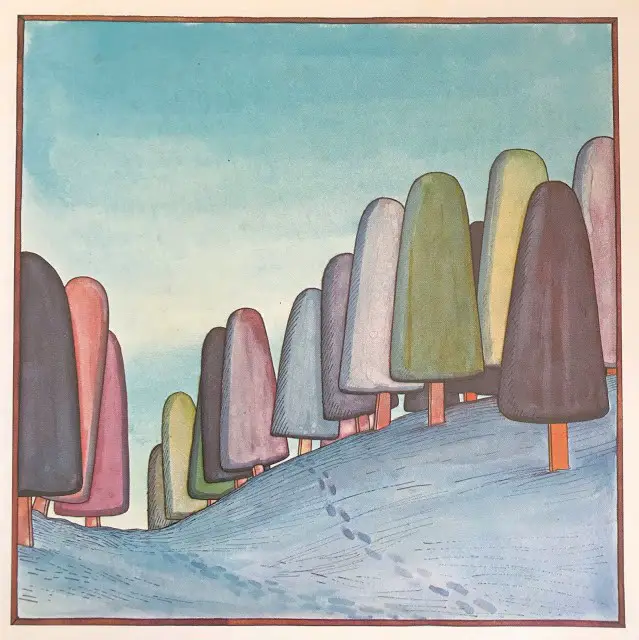
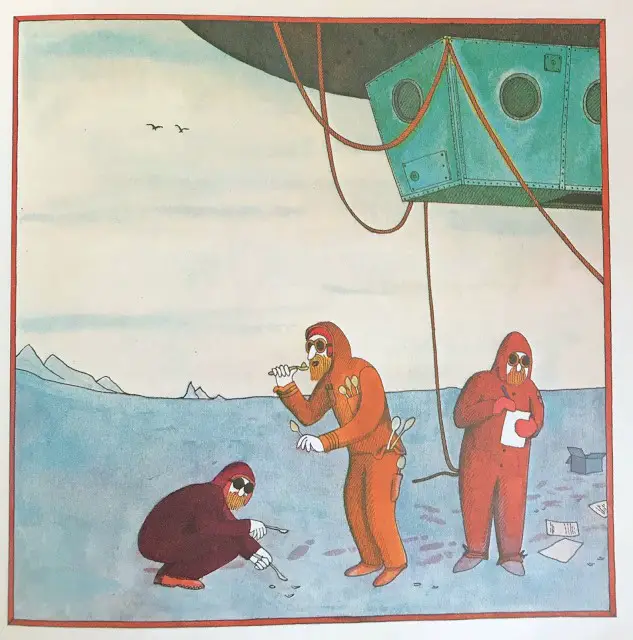
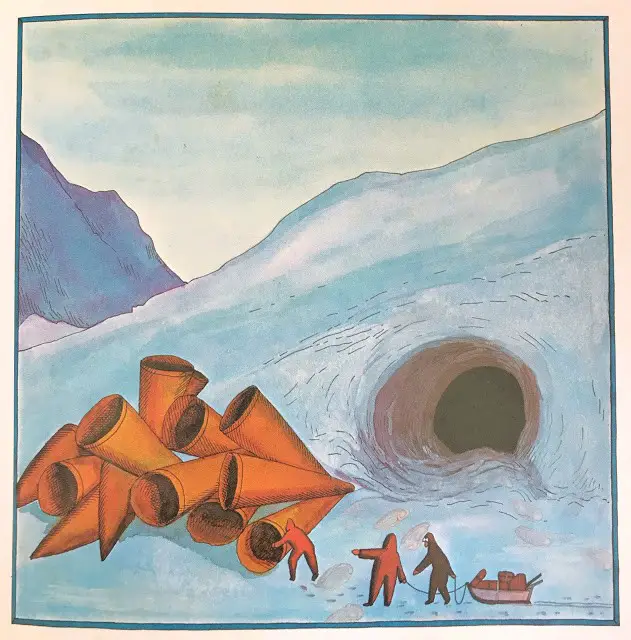
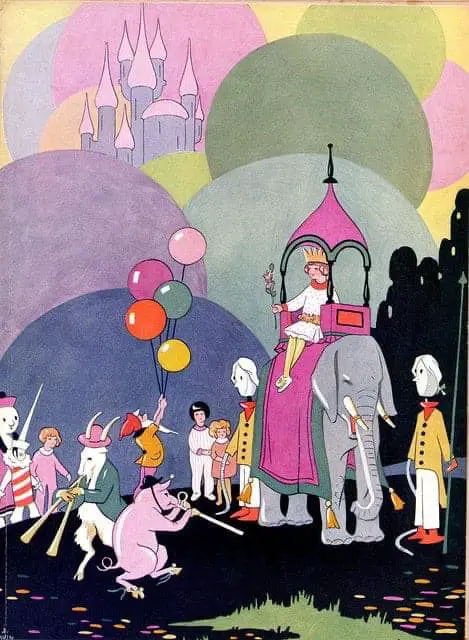

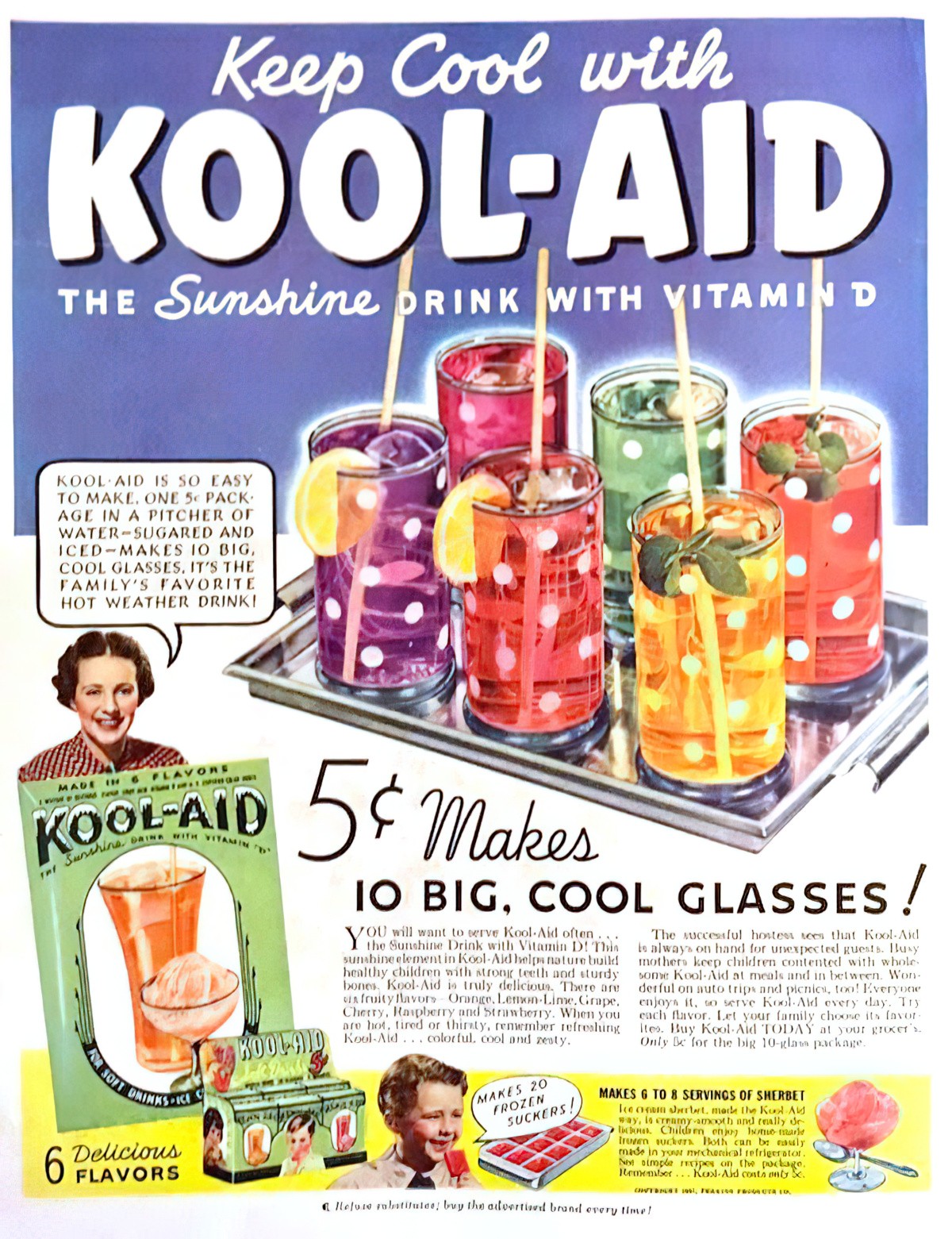
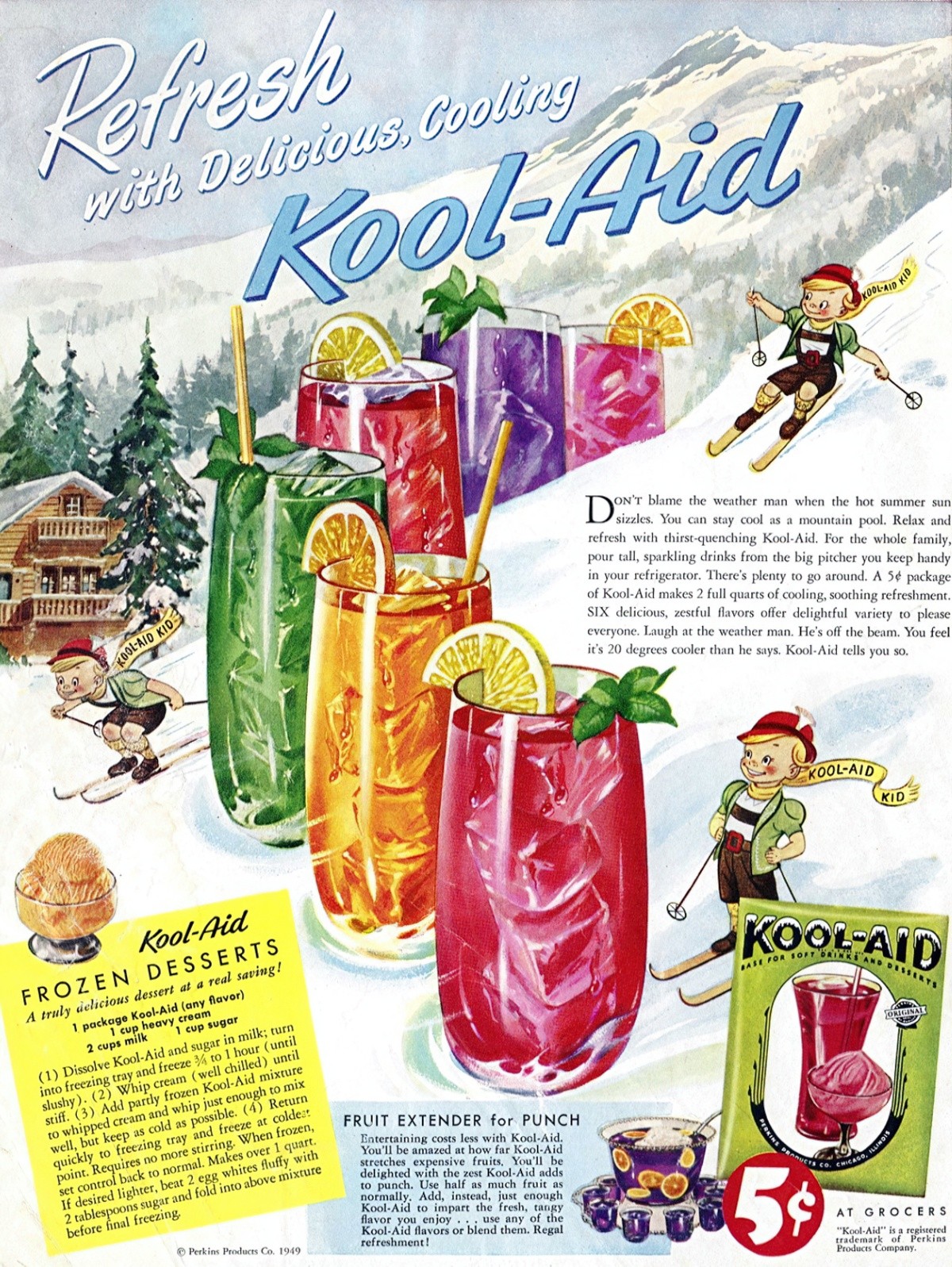
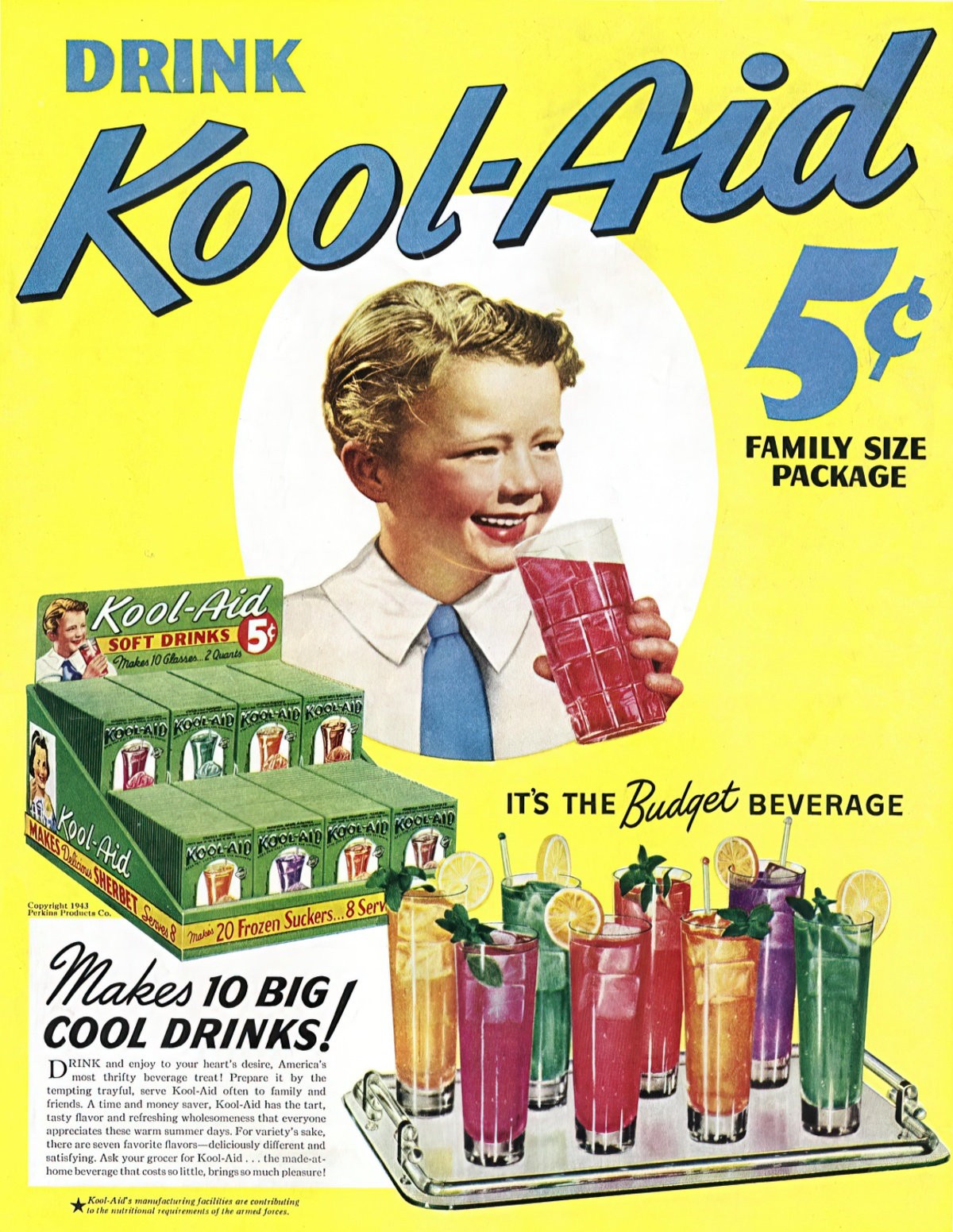
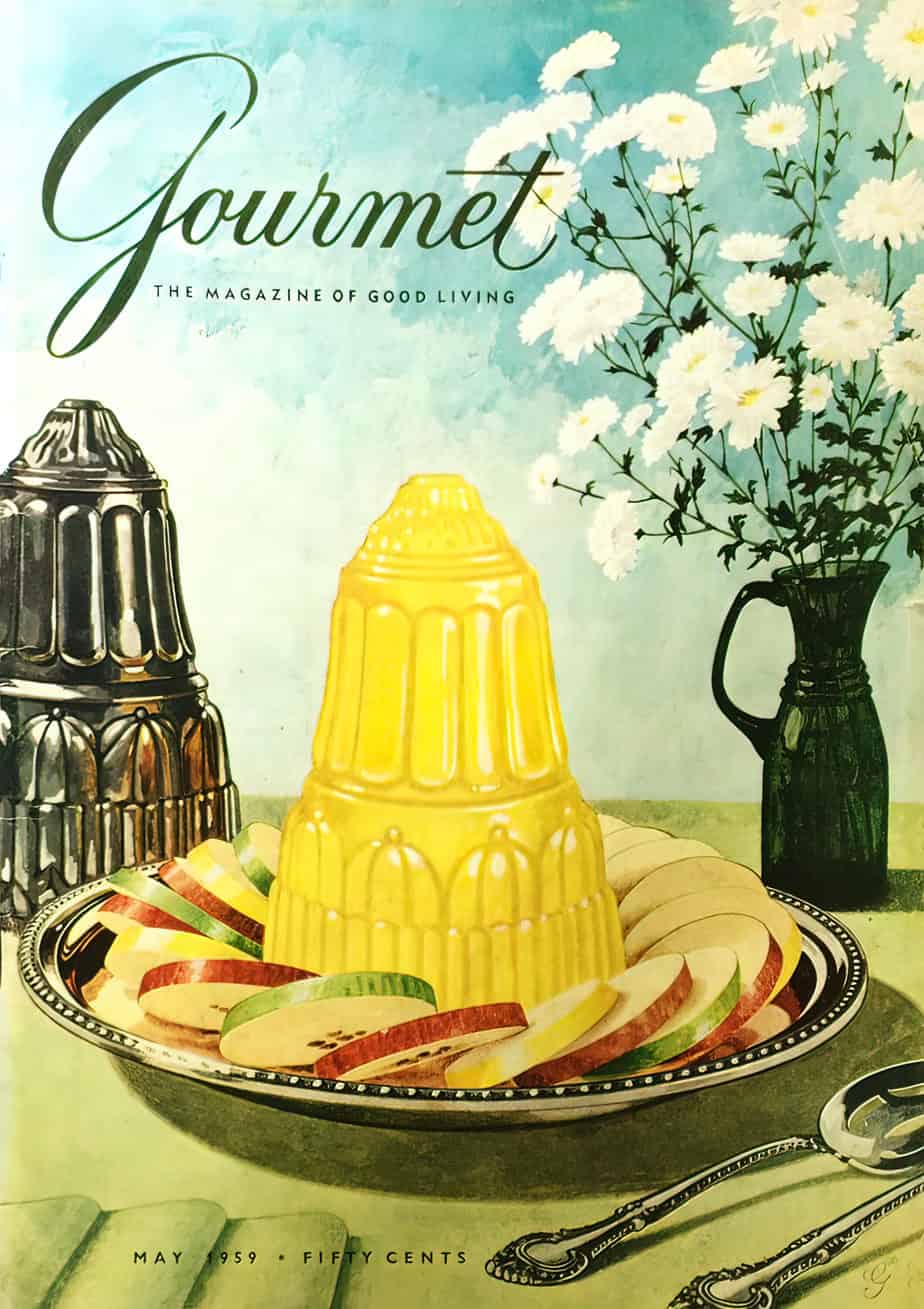
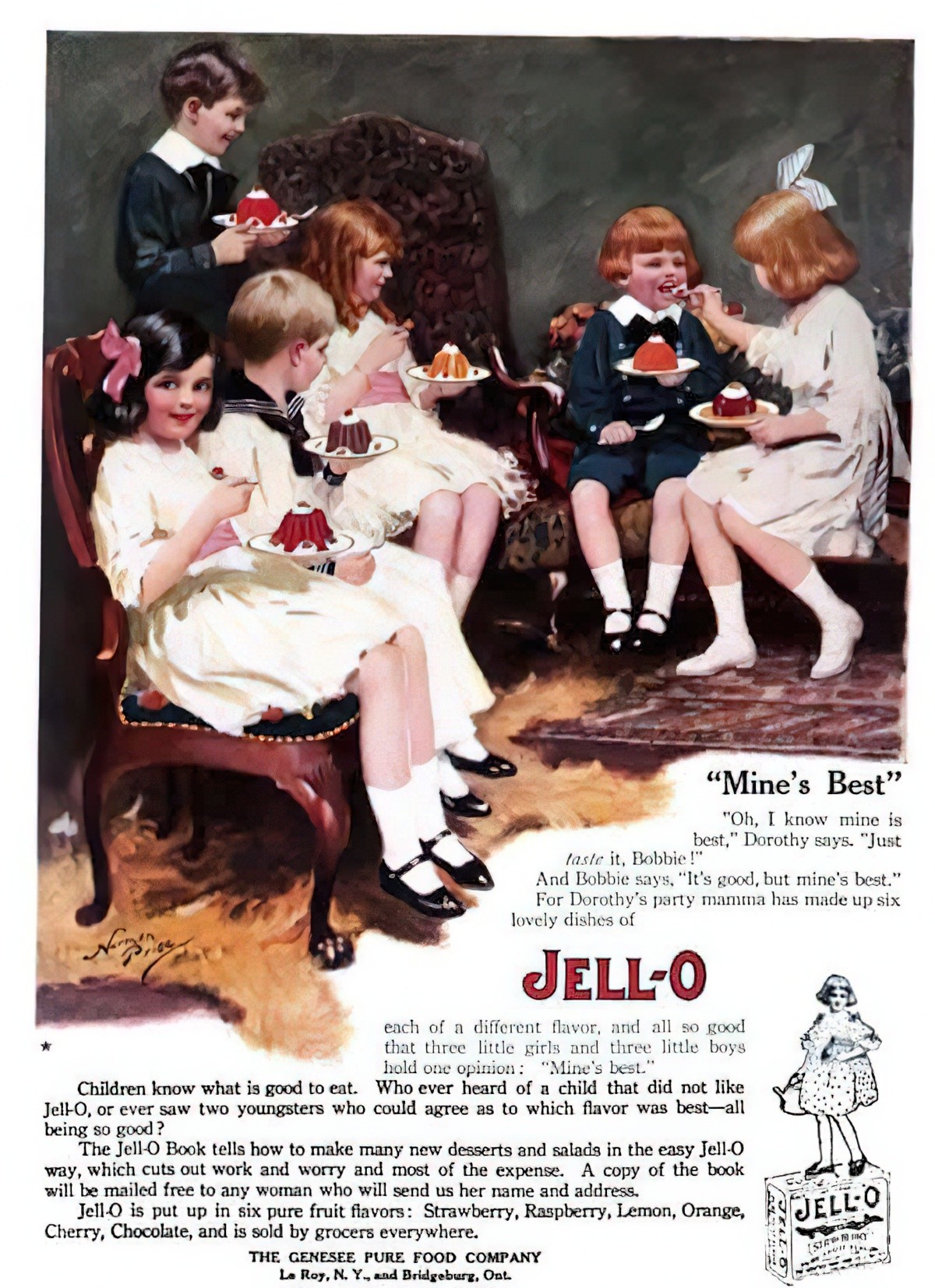
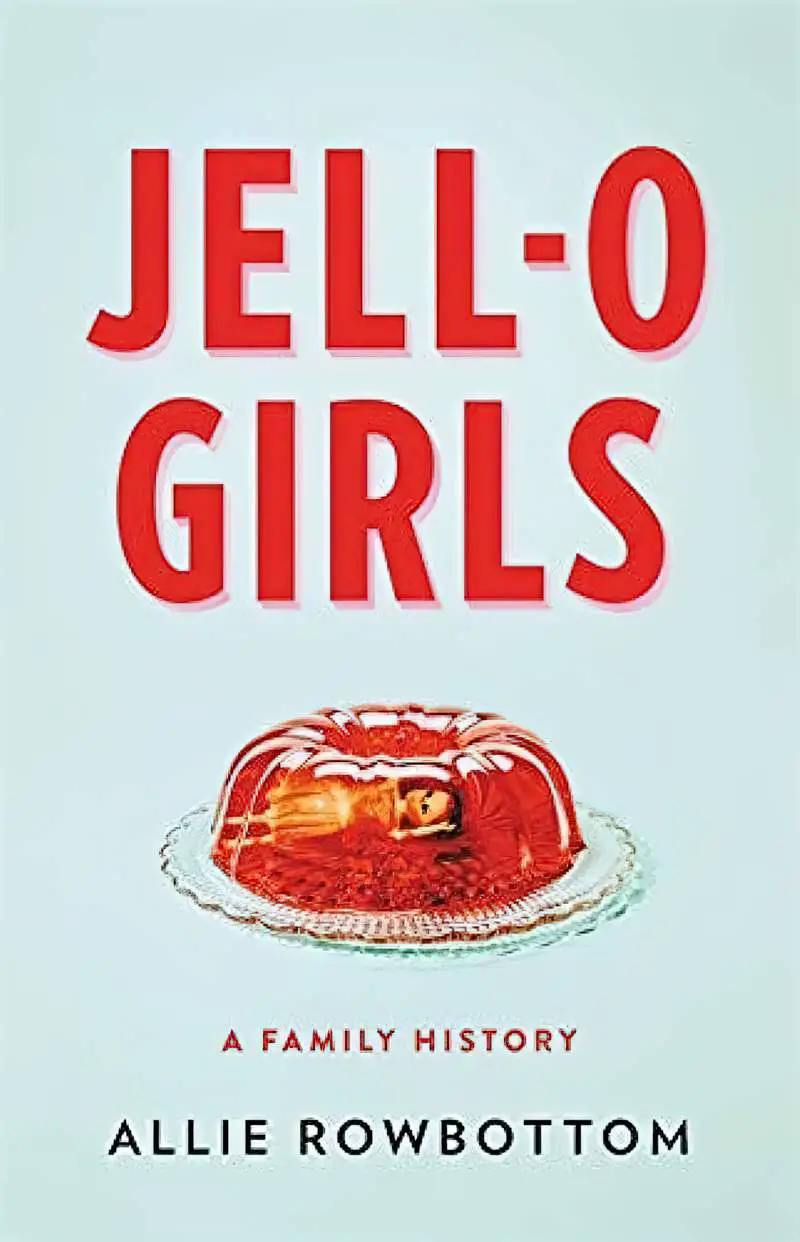
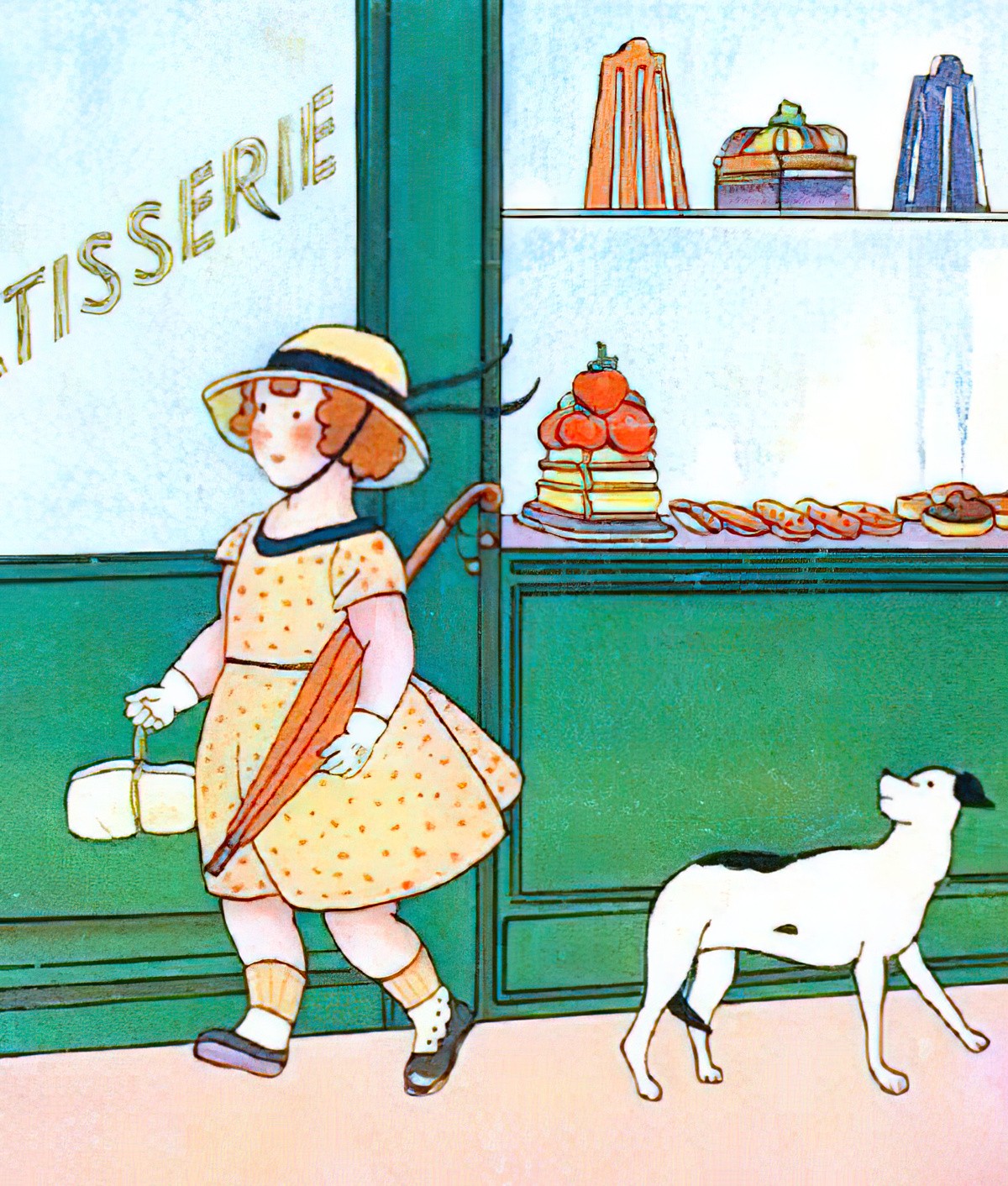
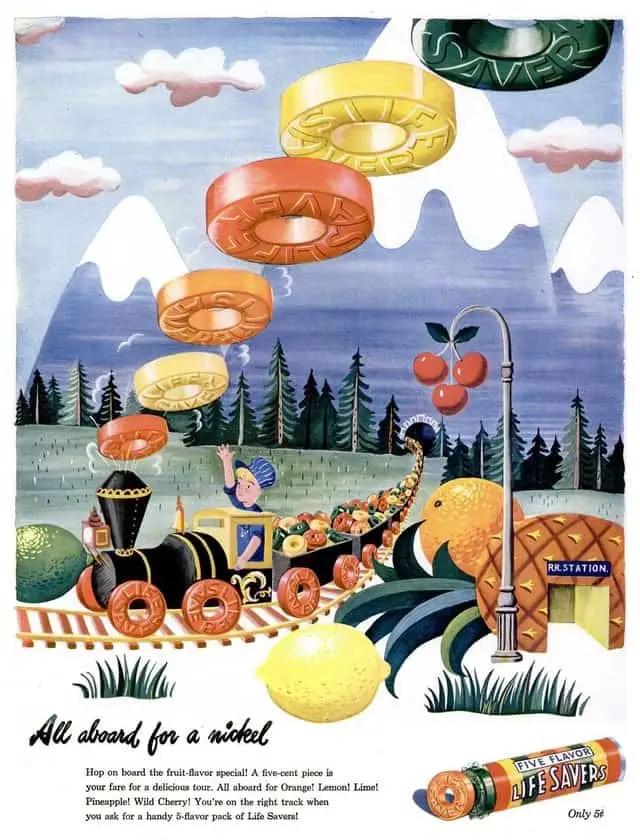
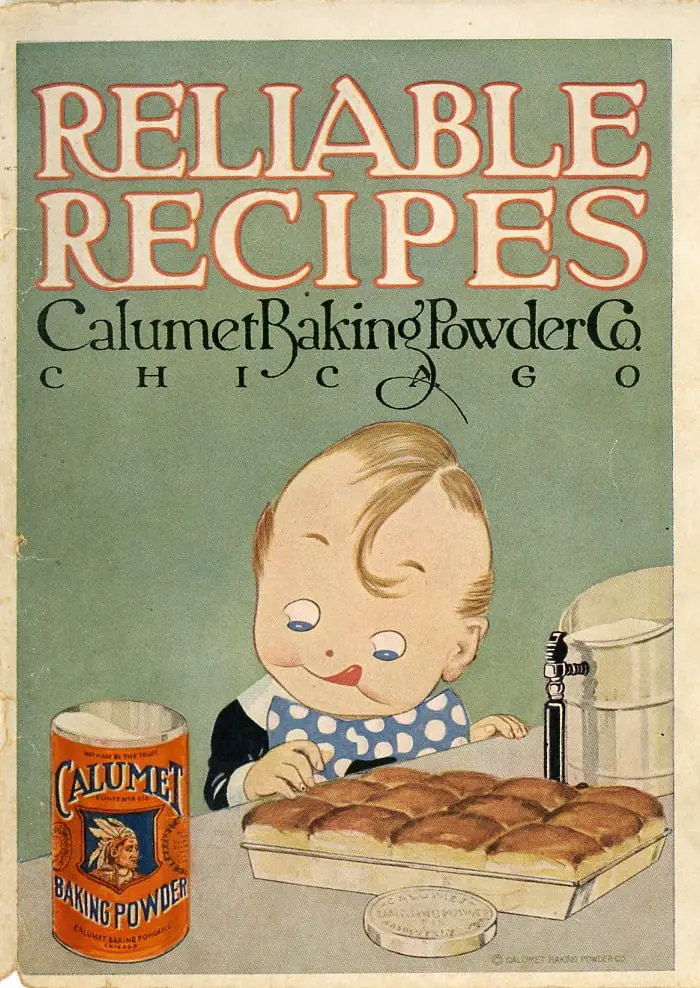
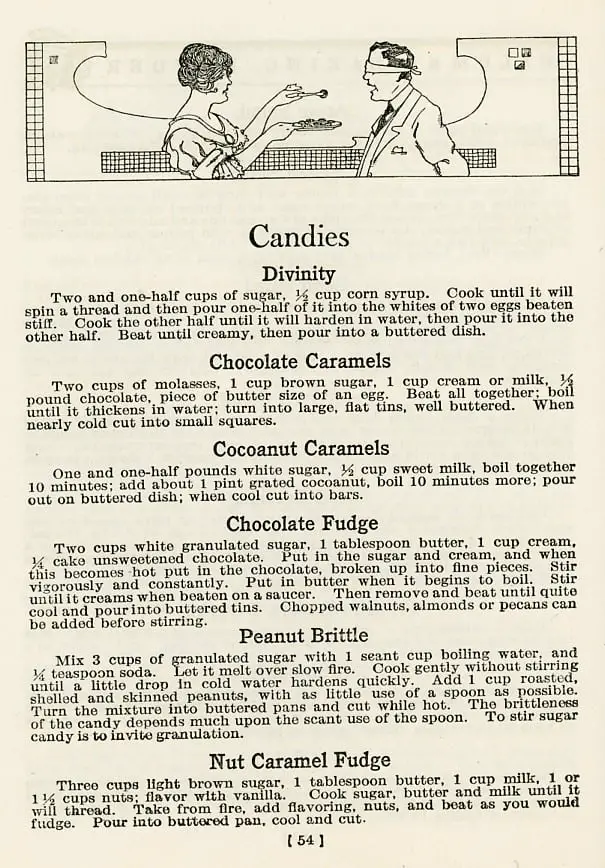
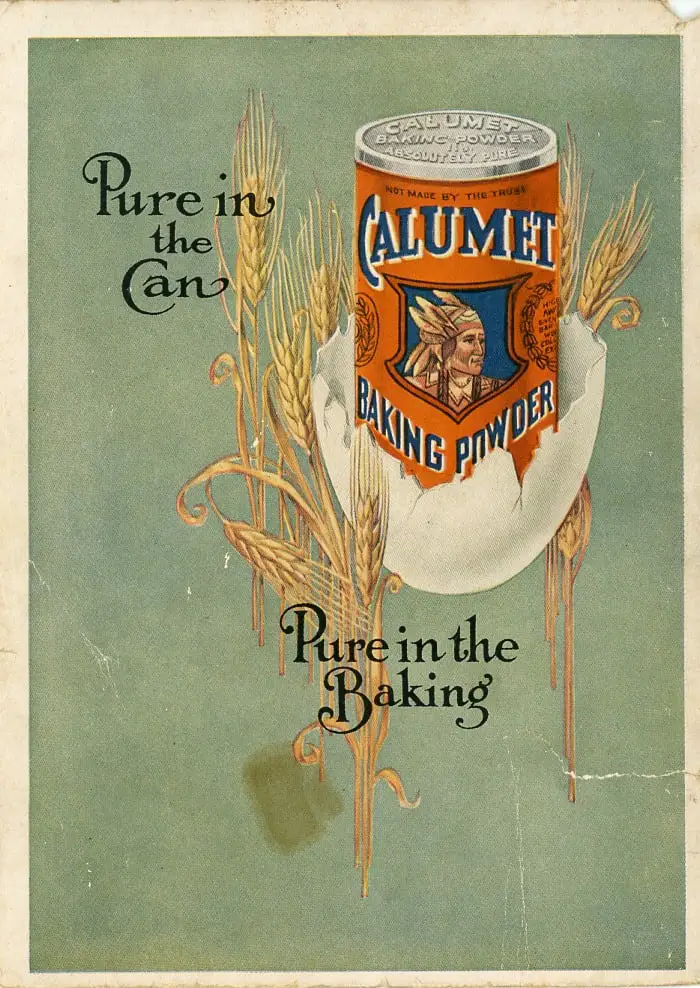
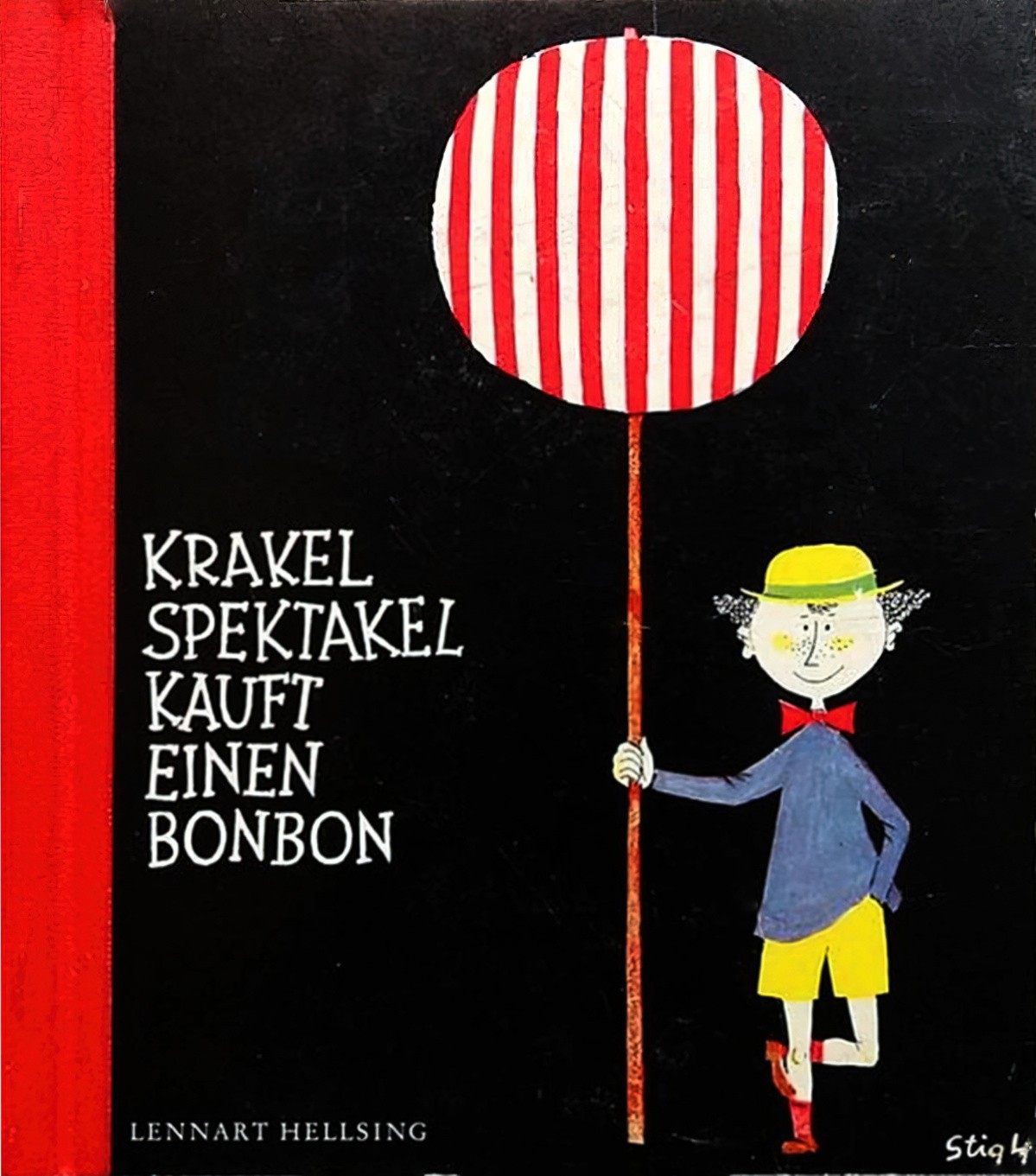
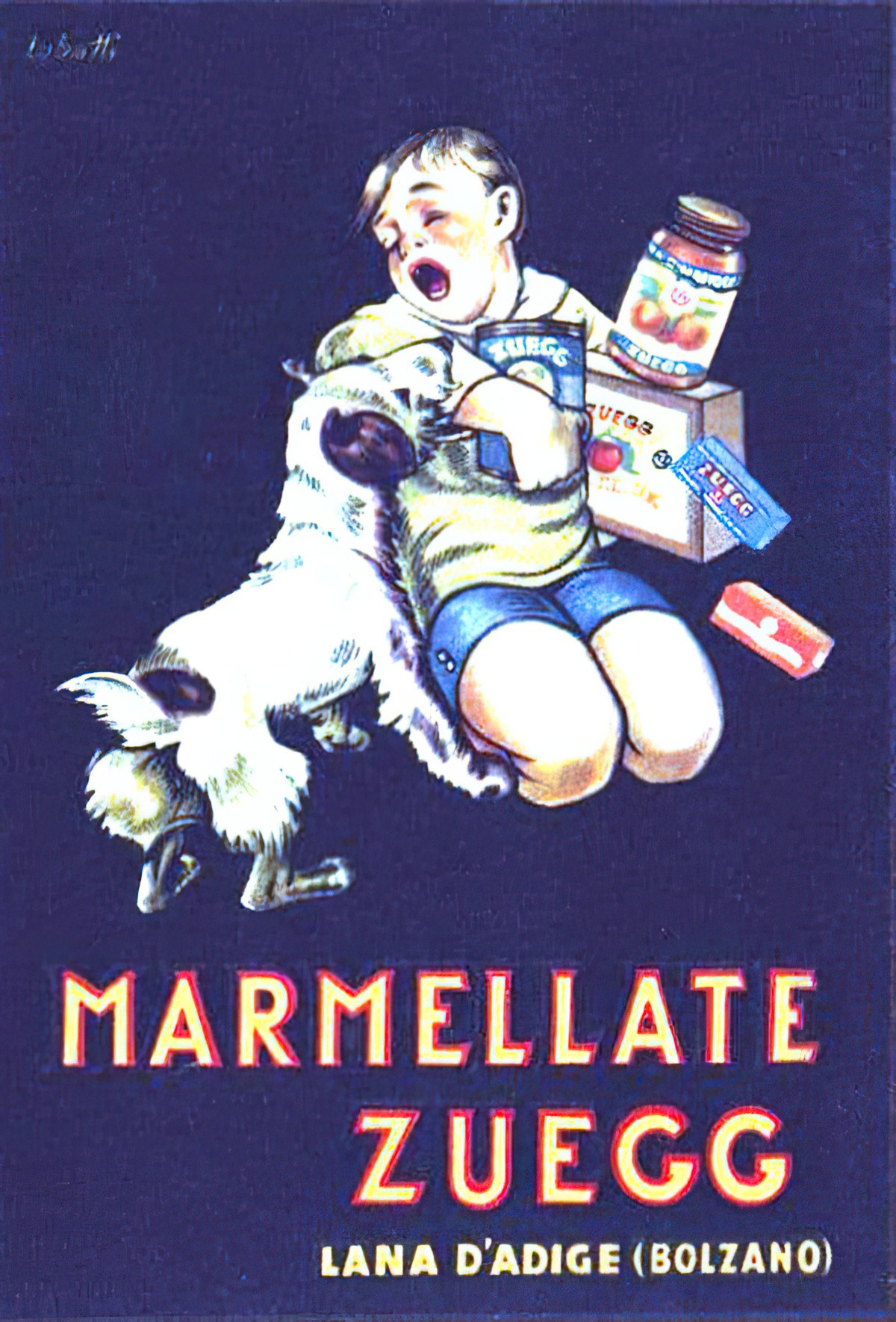
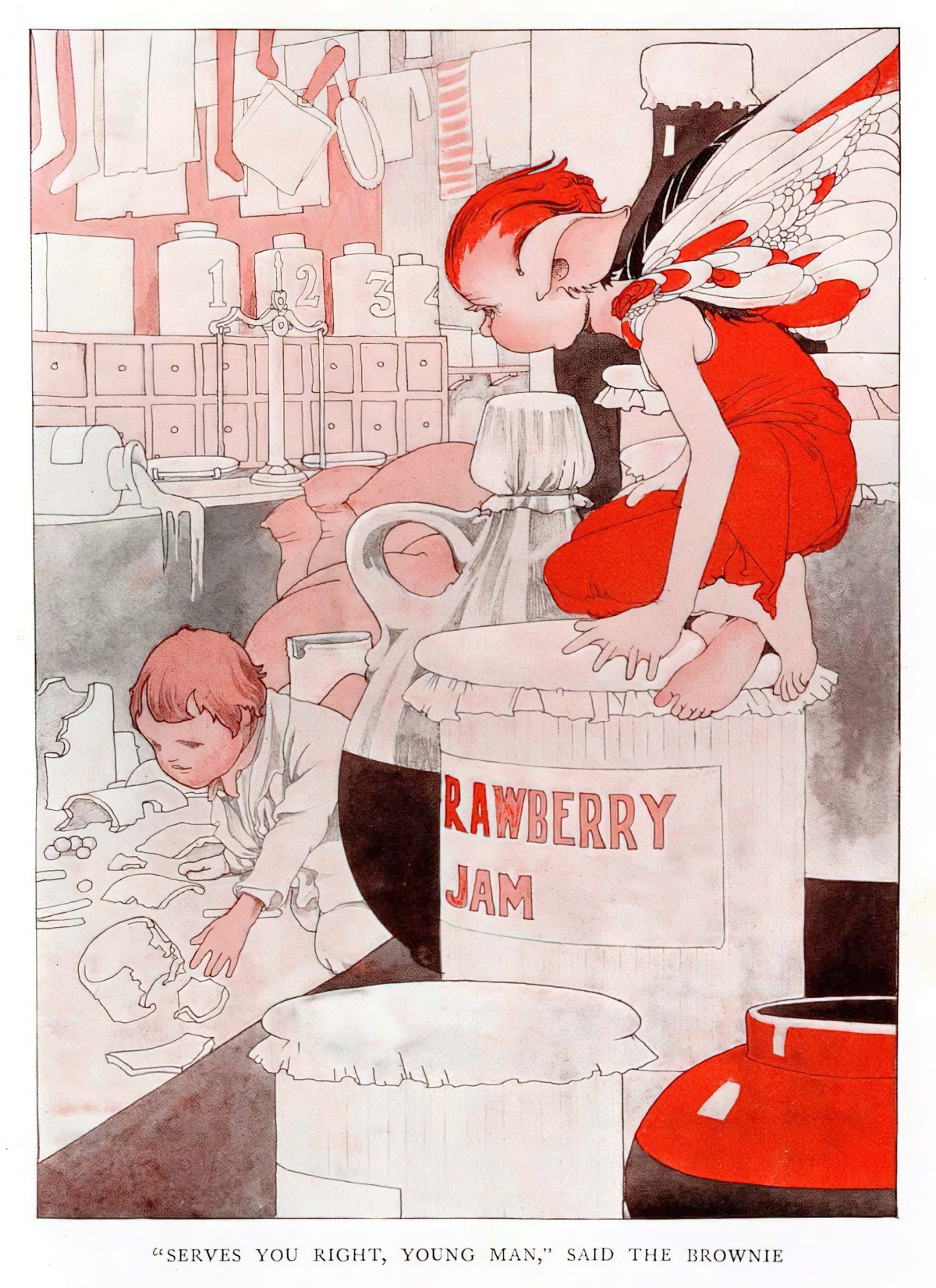
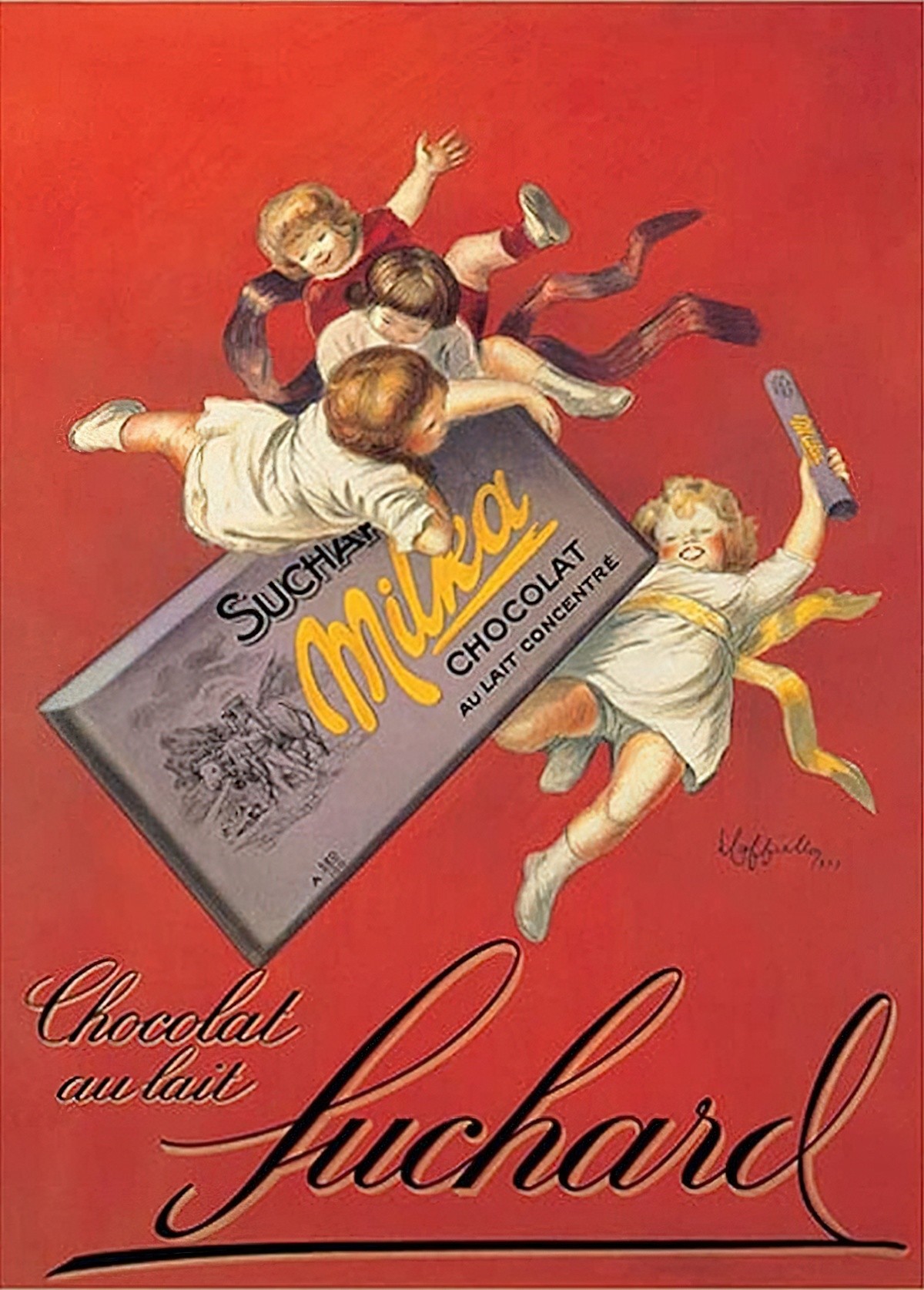
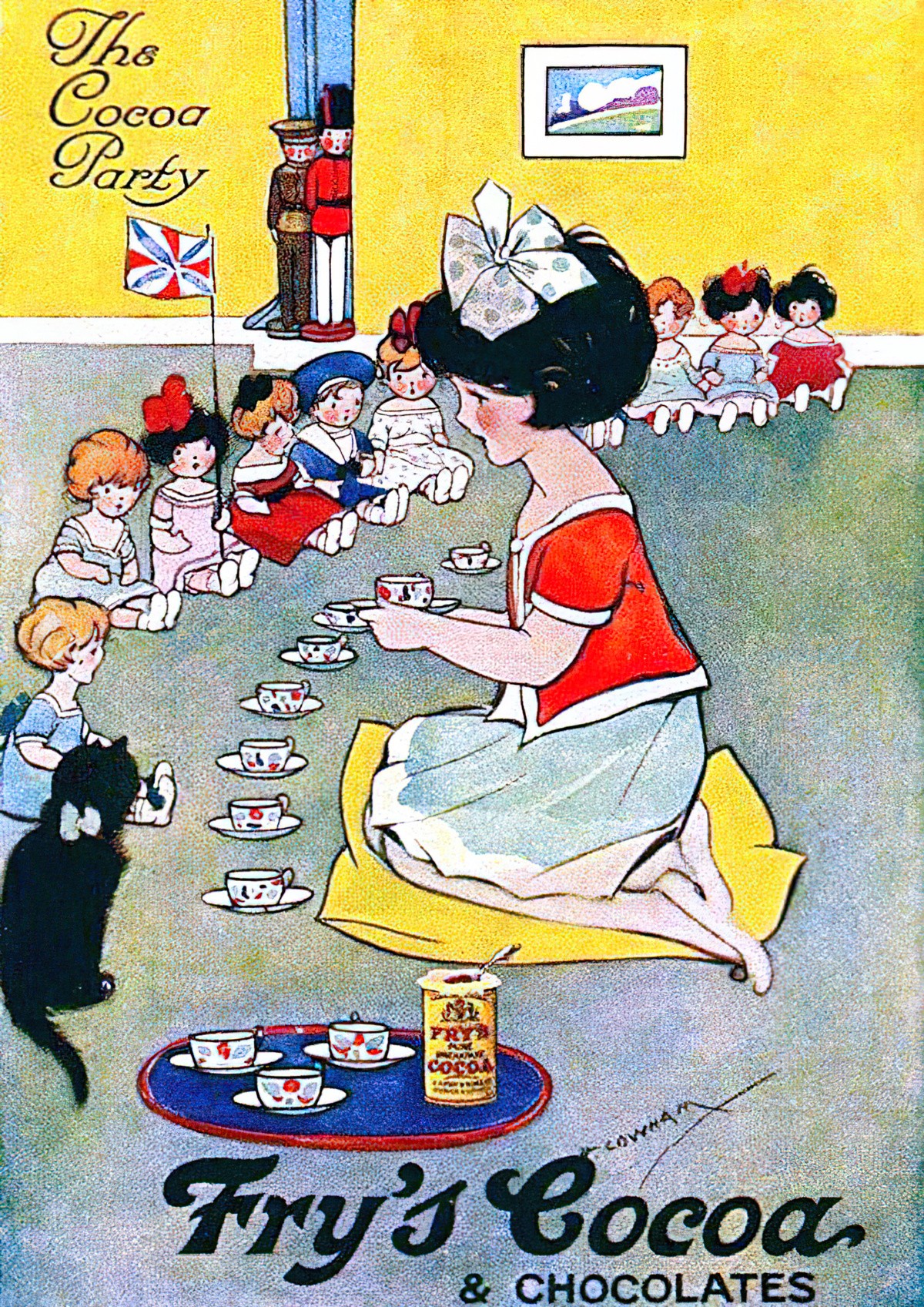
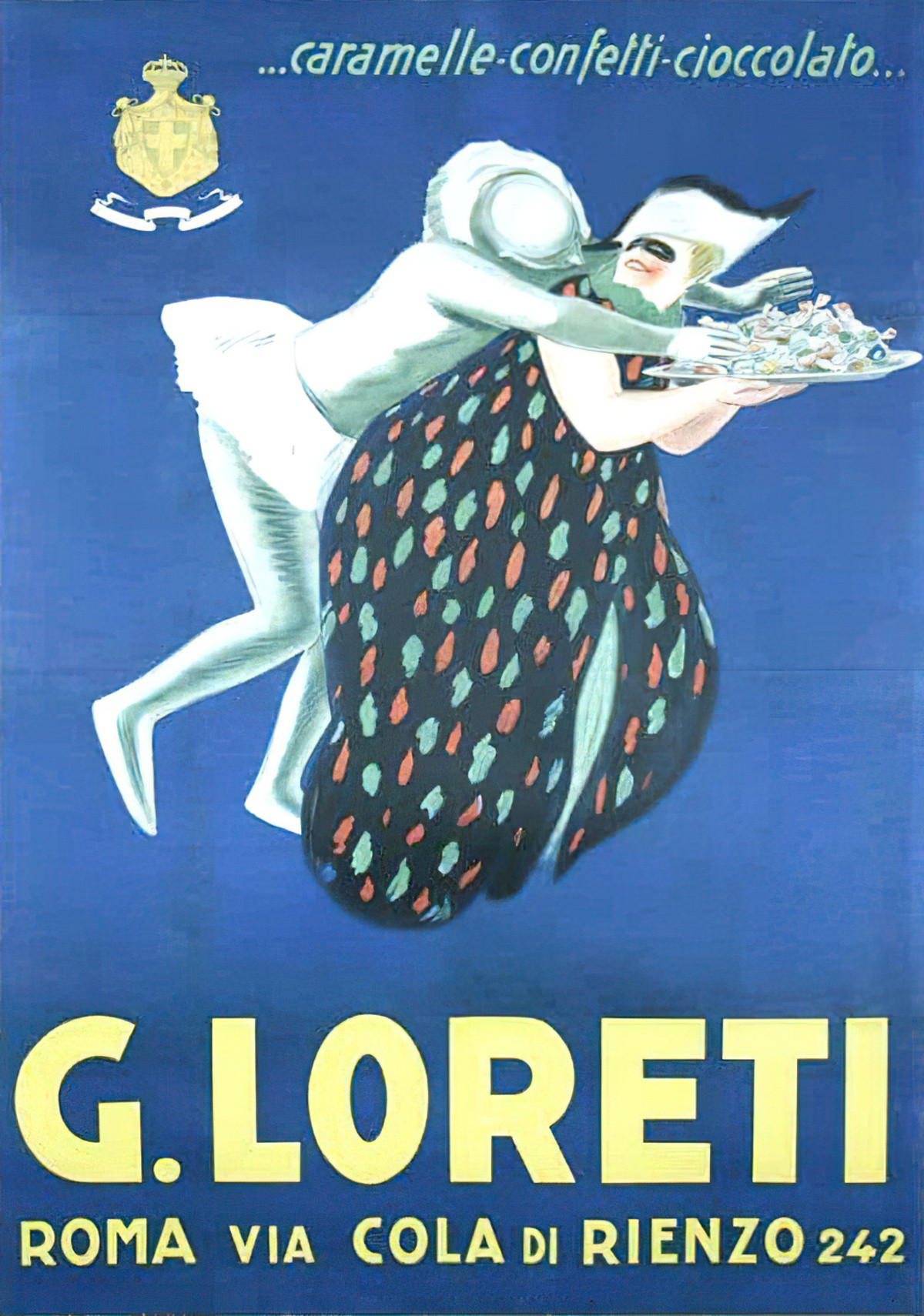
Chocolate boxes haven’t always depicted the product itself. In earlier eras, chocolate was advertised using a bigger story. Take the illustration below. This picture was one of the scenes used for the packaging of Quality Street chocolates. “Listening at Doors” is an illustration by Hugh Thomson for the play Quality Street by J. M. Barrie (of Peter and Wendy fame). The chocolate selection was named after the play, not the other way round. It doesn’t make my mouth water, but what it did do for 20th century consumers was create a milieu in which chocolates fit nicely.
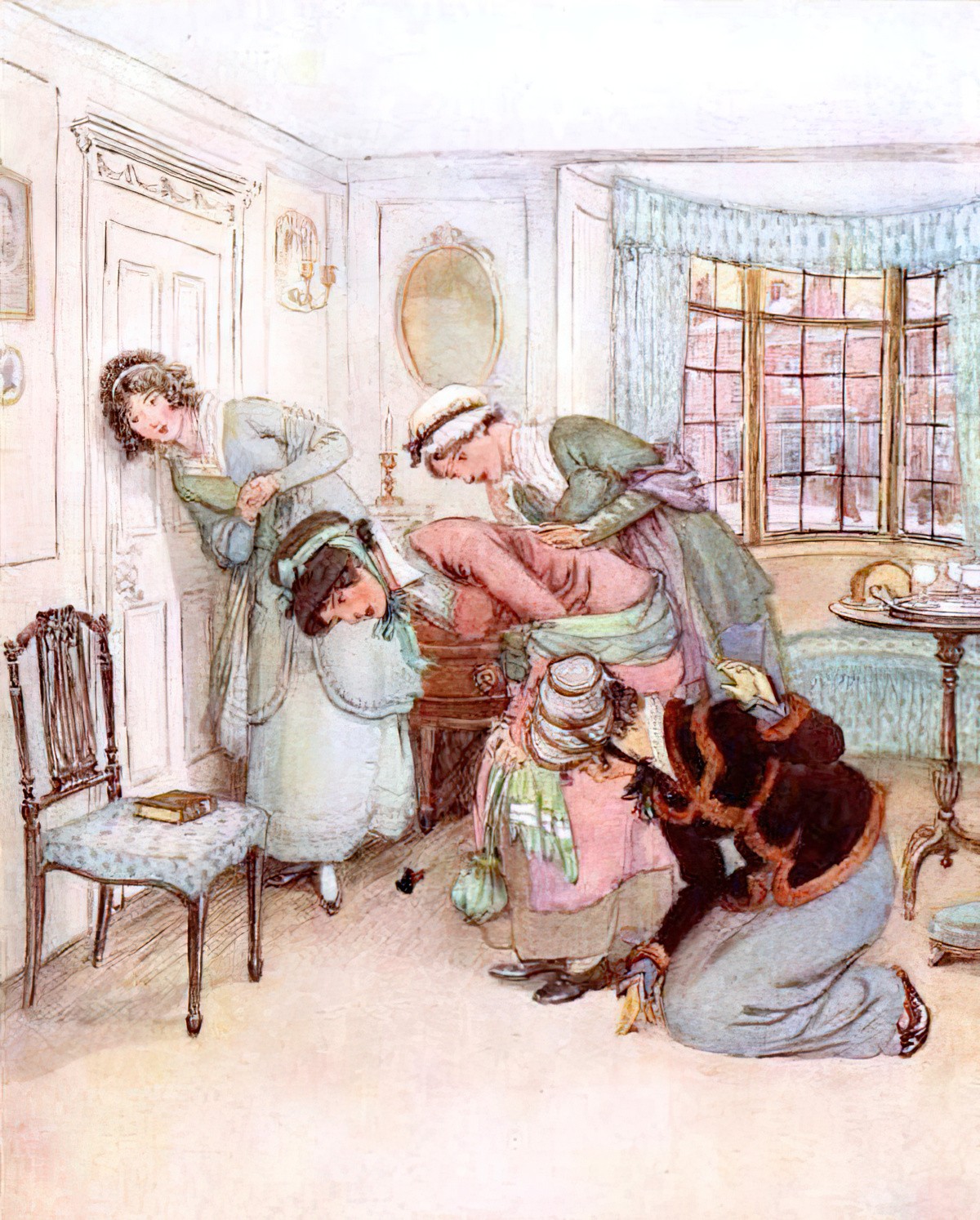
By 1956, advertisements for Quality Street chocolates included some actual chocolate. Well, the wrappers, at least. The beautiful little packages make you want to take one. Now, chocolates were marketed at men as a way of wooing women.
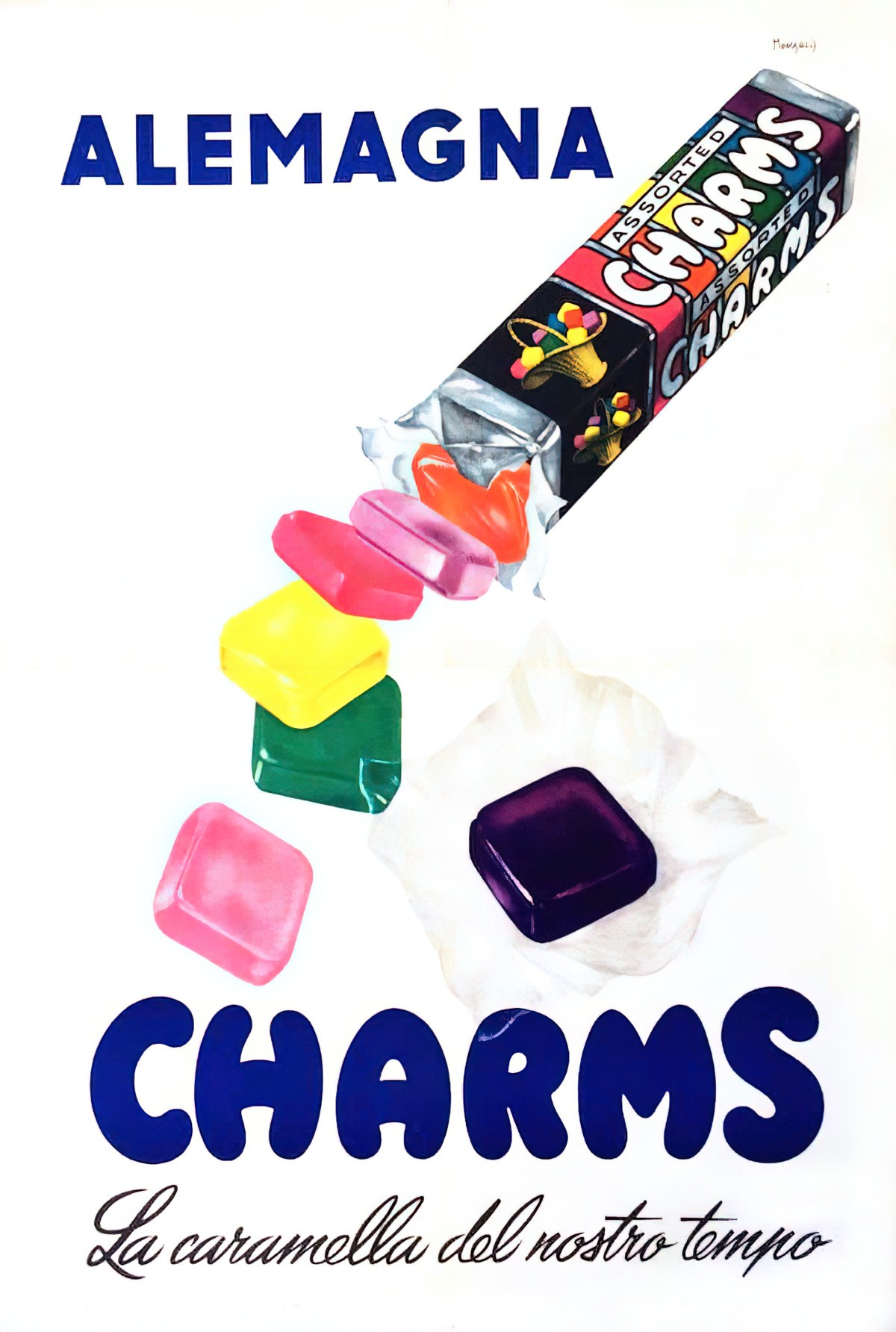
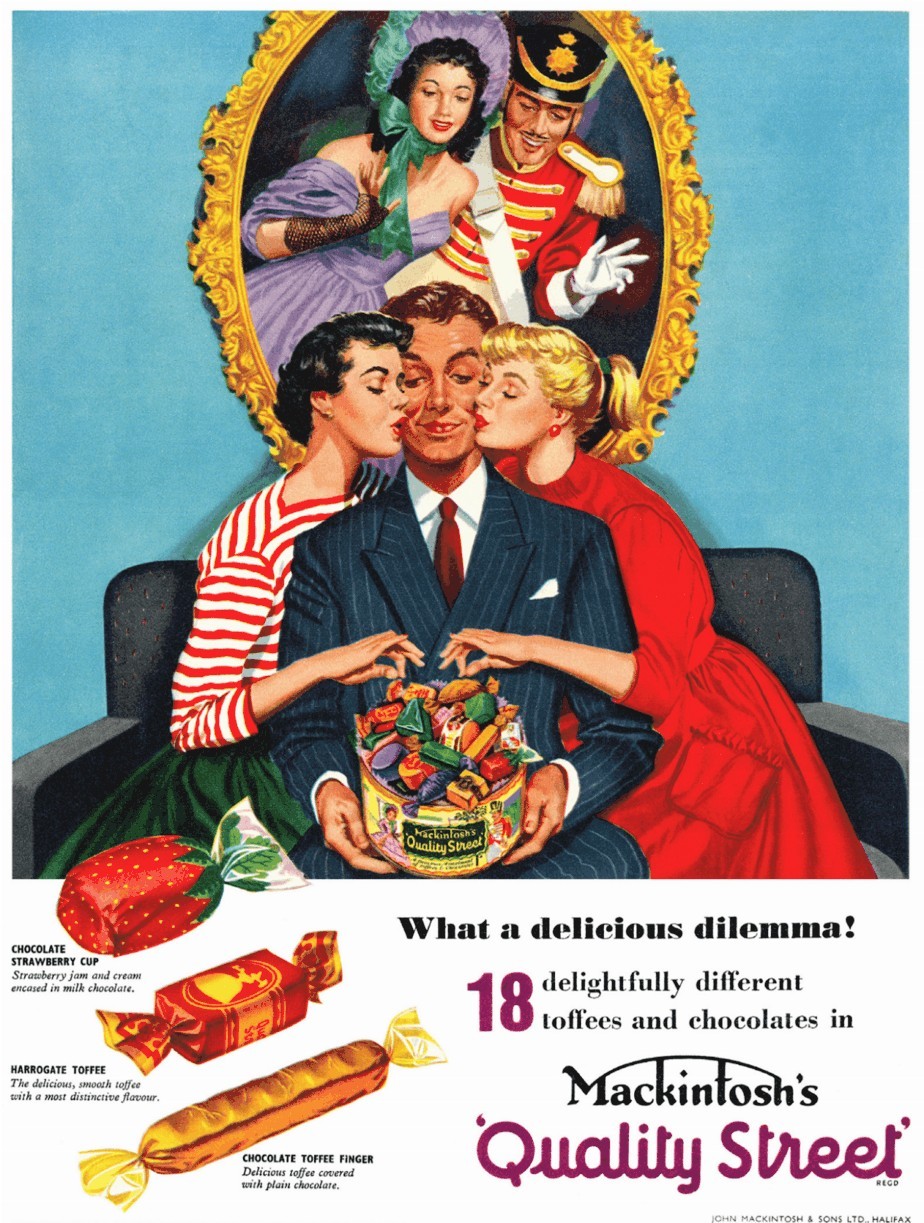
Cadbury went the same route. You can spend years learning the piano, or you could just buy her a box of Roses chocolates.
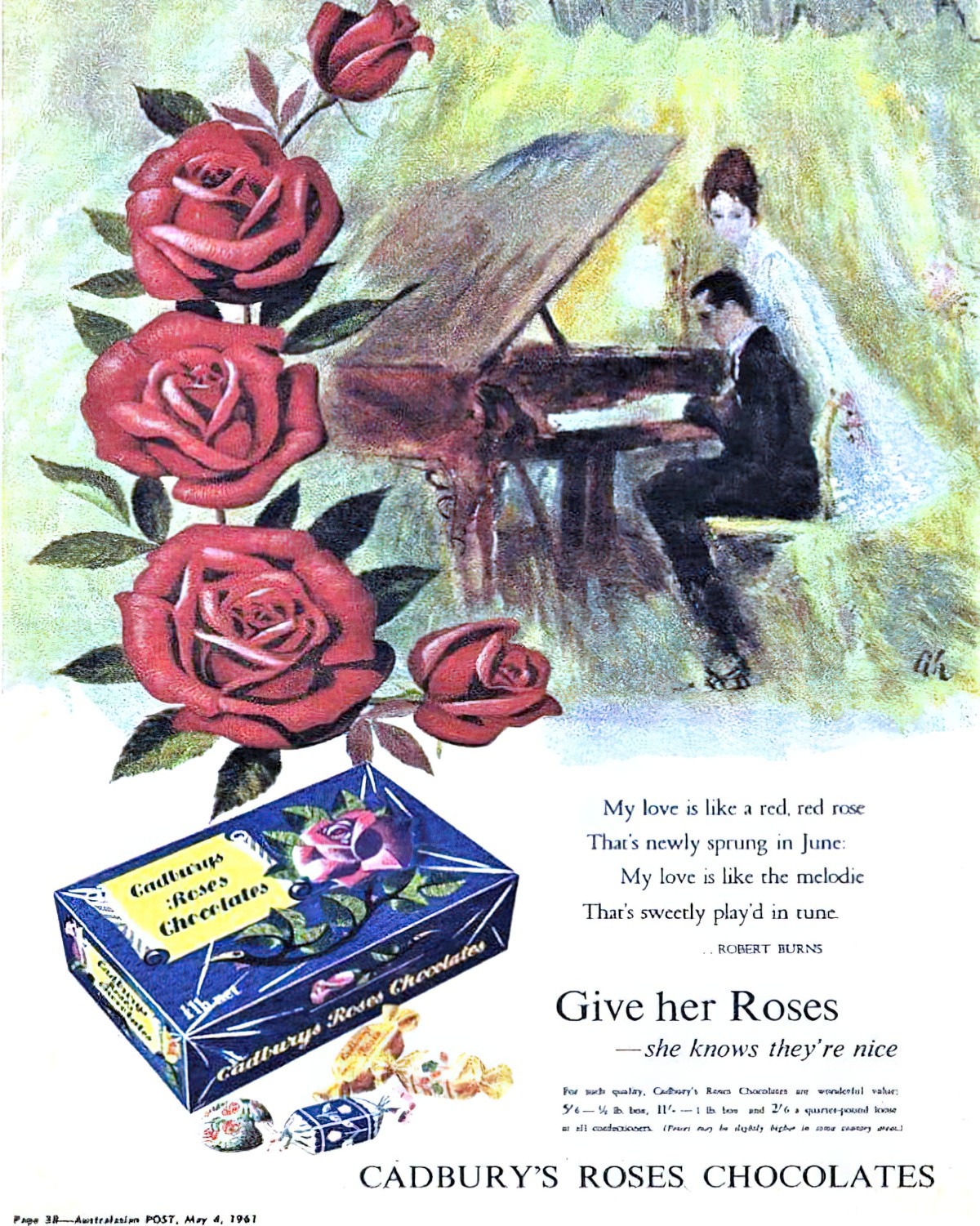
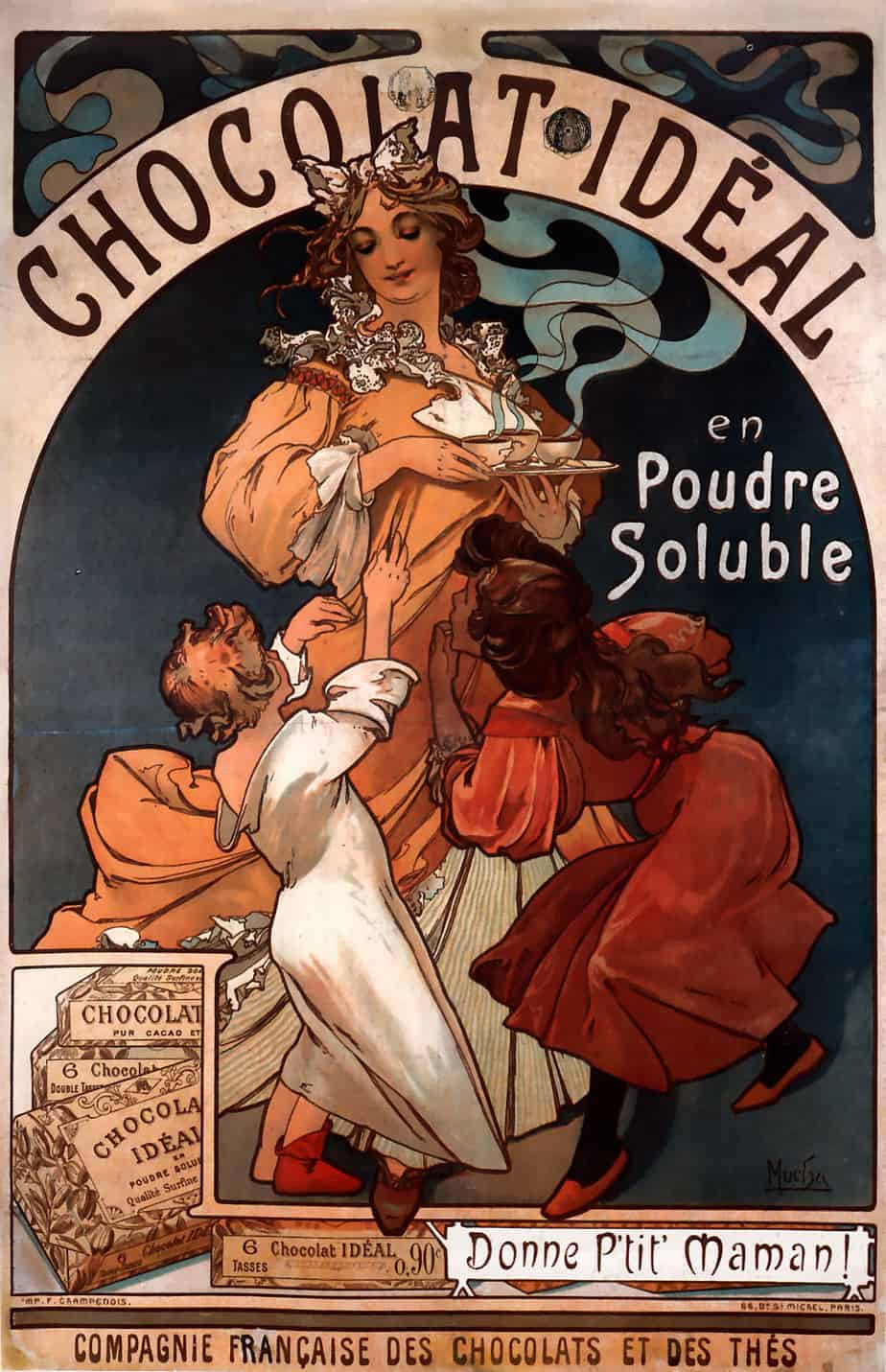
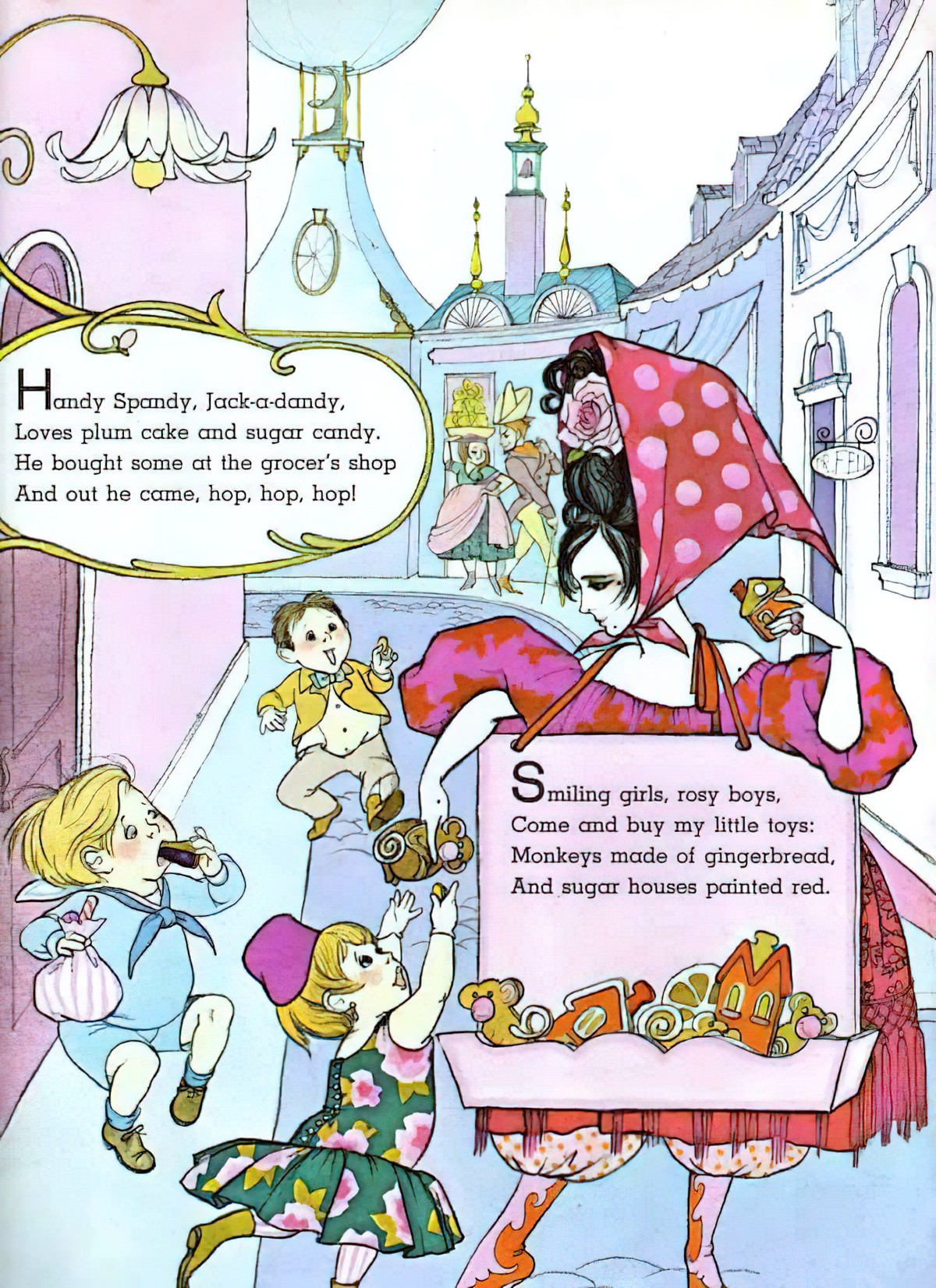
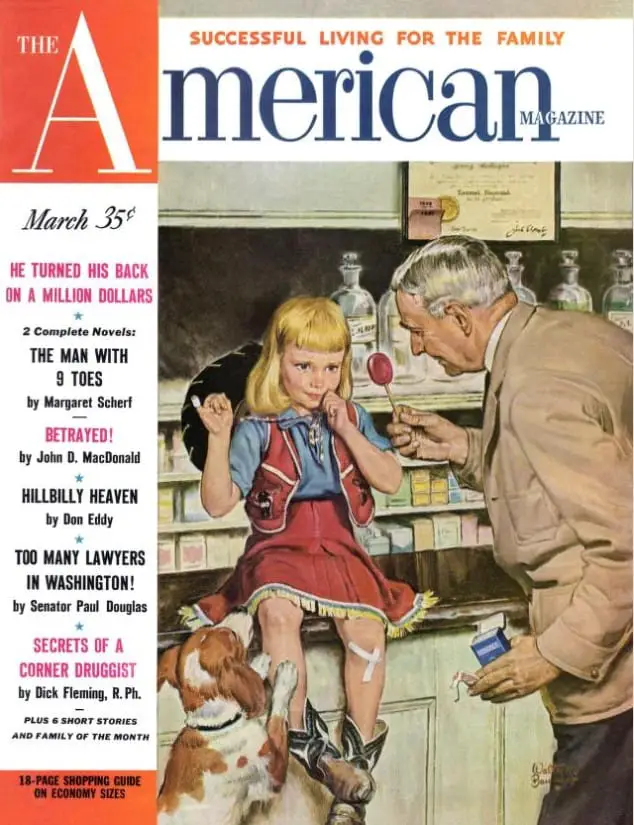
SEE ALSO
Charlie and the Chocolate Factory by Roald Dahl
Bread and Jam for Frances by Russell Hoban
Garth Pig and the Ice-cream Lady by Mary Rayner
HOW SUGAR TRANSFORMED OUR POLITICS, HEALTH AND ENVIRONMENT
For most of history, humans did without refined sugar. After all, it serves no necessary purpose in our diets, and extracting it from plants takes hard work and ingenuity. Granulated sugar was first produced in India around the sixth century BC, yet for almost 2,500 years afterward sugar remained marginal in the diets of most people. Then, suddenly, it was everywhere. How did sugar find its way into almost all the food we eat, fostering illness and ecological crisis along the way?
The World of Sugar: How the Sweet Stuff Transformed Our Politics, Health, and Environment over 2,000 Years (Harvard UP, 2023) begins with the earliest evidence of sugar production. Through the Middle Ages, traders brought small quantities of the precious white crystals to rajahs, emperors, and caliphs. But after sugar crossed the Mediterranean to Europe, where cane could not be cultivated, demand spawned a brutal quest for supply. European cravings were satisfied by enslaved labour; two-thirds of the 12.5 million Africans taken across the Atlantic were destined for sugar plantations. By the twentieth century, sugar was a major source of calories in diets across Europe and North America.
Sugar transformed life on every continent, creating and destroying whole cultures through industrialization, labour migration, and changes in diet. Sugar made fortunes, corrupted governments, and shaped the policies of technocrats. And it provoked freedom cries that rang with world-changing consequences. In Ulbe Bosma’s definitive telling, to understand sugar’s past is to glimpse the origins of our own world of corn syrup and ethanol and begin to see the threat that a not-so-simple commodity poses to our bodies, our environment, and our communities.
The World of Sugar: How the Sweet Stuff Transformed Our Politics, Health, and Environment Over 2,000 Years, New Books Network
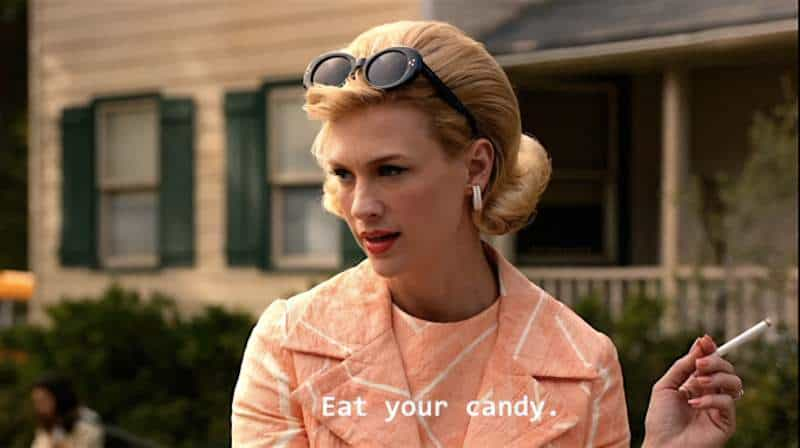
This week on A Taste of the Past, host Linda Pelaccio is talkin’ sugar and its checkered, dark past with guest Andrew F. Smith, author of “Sugar: A Global History.” It’s no surprise that sugar has been on our minds for several millenia. First cultivated in New Guinea around 8,000 B.C.E., this addictive sweetener has since come to dominate our appetites-whether in candy, desserts, soft drinks, or even pasta sauces-for better and for worse. Offering highlights of the book and other historical factoids of this simultaneously beloved and reviled ingredient, Andy relays how sugar has held its incredible value as a global commodity up against its darker legacies of slavery and widespread obesity. Tune in to hear a layered and definitive tale of sugar and the many people caught in its spell-from barons to slaves, from chefs to the countless among us born with that insatiable devil, the sweet tooth. This program was brought to you by Cain Vineyard & Winery.
“The American Revolution is directly tied to sugar and molasses.”
“It wasn’t until the late 19th century that you had the granulated sugar and sugar cubes and things that we now know and and love.”
“Companies now have several different names for sugar so it doesn’t look like it’s the number one ingredient, which it is.”
—Andrew F. Smith on A Taste of the Past
Sugar and its Dark History
This week on A Taste of the Past, host Linda Pelaccio is exploring the vast array of sweets across the globe with Darra Goldstein, the Editor in Chief of “The Oxford Companion to Sugar and Sweets.” As Linda and Darra point out, the “science of sweet” is only the beginning of a fascinating story, because it is not basic human need or simple biological impulse that prompts us to decorate elaborate wedding cakes, scoop ice cream into a cone, or drop sugar cubes into coffee. These are matters of culture and aesthetics, of history and society, and we might ask many other questions. Why do sweets feature so prominently in children’s literature? When was sugar called a spice? And how did chocolate evolve from an ancient drink to a modern candy bar?
Sugar and Sweets Around the World
This week on A Taste of the Past: is candy food? Linda Pelaccio interviews Samira Kawash, author of Candy: A Century of Panic and Pleasure. Samira explains to us how difficult it was to make candy back in the 1800s, and how technological innovations allowed the candy industry to boom. Later, she and Linda discuss society’s perception of candy, how many other foods and beverages are less healthy, yet candy can be an easy scapegoat. This program has been sponsored by Many Kitchens. Today’s music provided by Takstar.
“The tradition in the 19th century was candy was a luxury, and it was for special occasions.” [9:40]
“I think it’s easy to look at candy and see it as really the scapegoat of our anxieties around the role of sugar in our diet and the dangers of eating foods that are far away from the farm.” [17:25] —Samira Kawash on A Taste of the Past
Is Candy Food?
Header illustration by Gomi Tarō.
